Last Updated on February 19, 2024 by Grant
Whether you’ve never been to a national park or are looking to improve your experience, we’re here to help. We have now visited more than 275 park units and are ready to pass our knowledge on to you. This national parks trip planning guide will help you understand the different units managed by the National Park Service, provide advice on how to plan your visit and give you tips on how to be a good visitor.
Basically, we want you to enjoy the national parks as much as we do!
The US National Park Service preserves and protects many of our country’s most scenic lands, such as the Grand Canyon. Those dramatic views are what many folks are seeking when visiting national parks. But there is much more to the national parks.
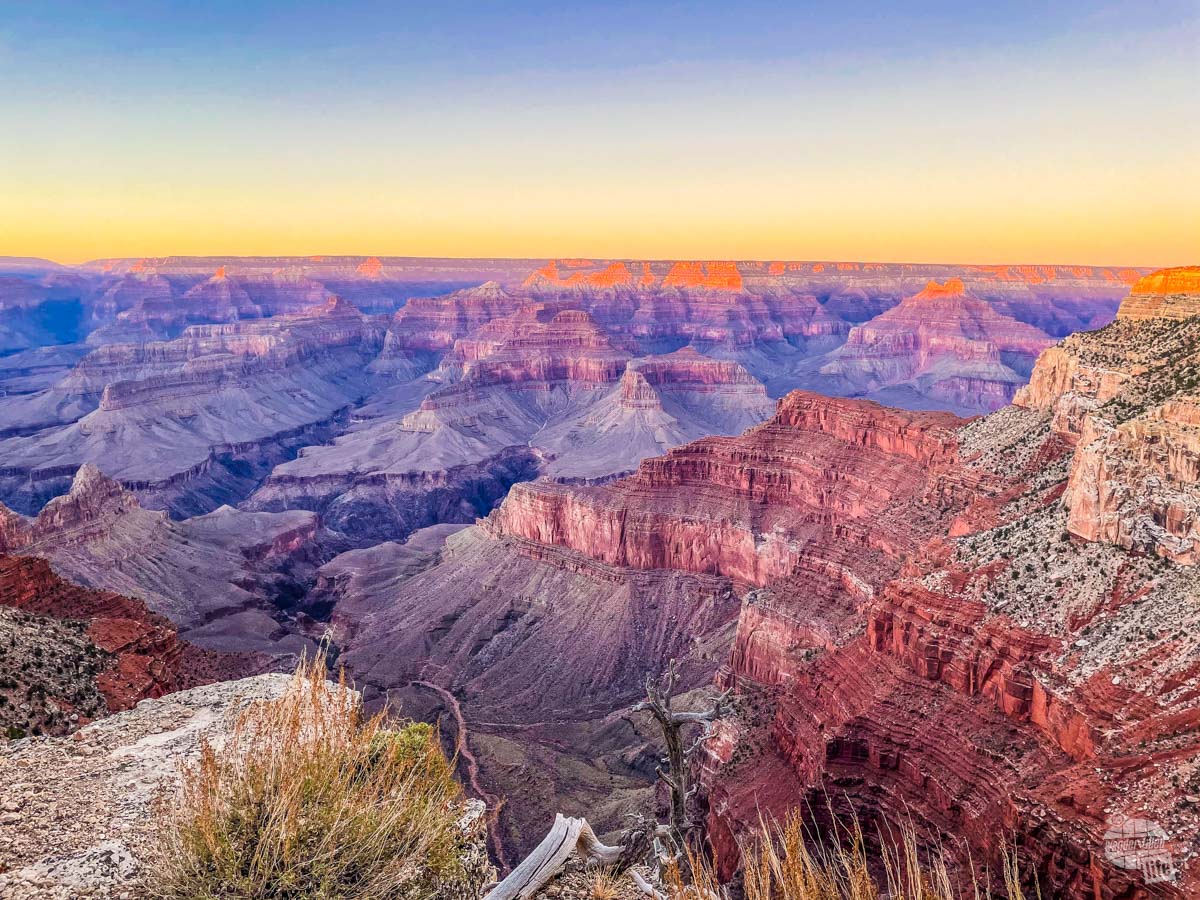
Our national parks also preserve some of our country’s most historically and culturally significant locations, such as Appomattox Court House National Historical Park, the site that signaled the end of the American Civil War or Thomas Edison’s laboratory at the Thomas Edison National Historical Park, where he created so many amazing inventions. Other parks protect land for our recreation and enjoyment, such as the Appalachian National Scenic Trail or Chickasaw National Recreation Area.
Whether you are looking for incredible scenery, historical significance or recreation, you’ll find it in the national parks.
Planning a national park visit is very similar to planning any other vacation. That said, if visiting the national parks is new for you, our tips will help you get the most out of your visit.
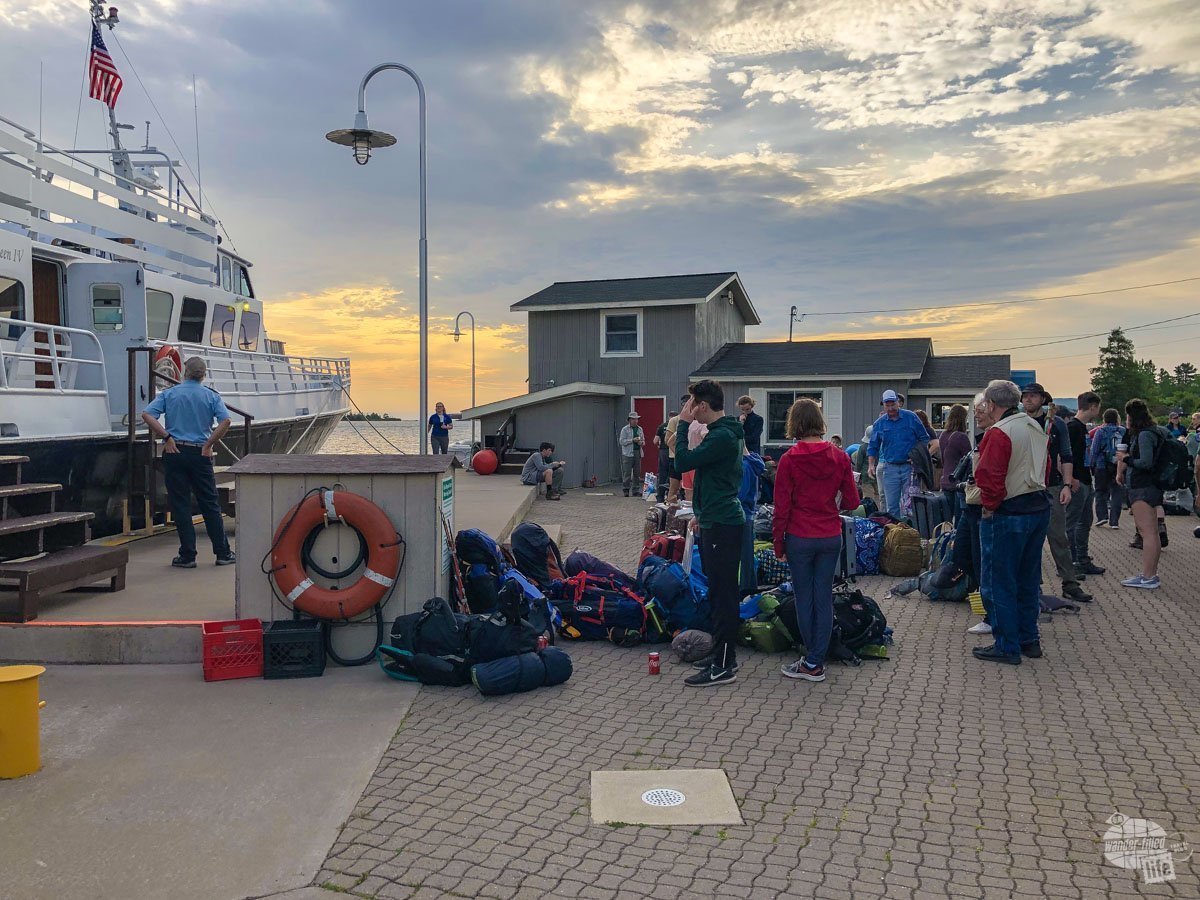
(Disclaimer: When we link to places where you can buy our stuff or places we stayed, we are using special codes that earn us commissions on the sales at no additional cost to you. Please see our Review Policy for more information.)
Understanding the National Park System
As of January 2023, there are 424 units within the National Park Service. Only 63 of these parks are designated or named “National Parks.” Still, these 420+ units are often collectively referred to as national parks. Understanding the difference between these different types of parks is sometimes confusing.
Check out the complete list of NPS parks here.
There are actually more than 20 different naming designations, including National Monuments, National Battlefields, National Historic Sites and many more. Why the different names? Because, well, Congress can name a park whatever it wants!
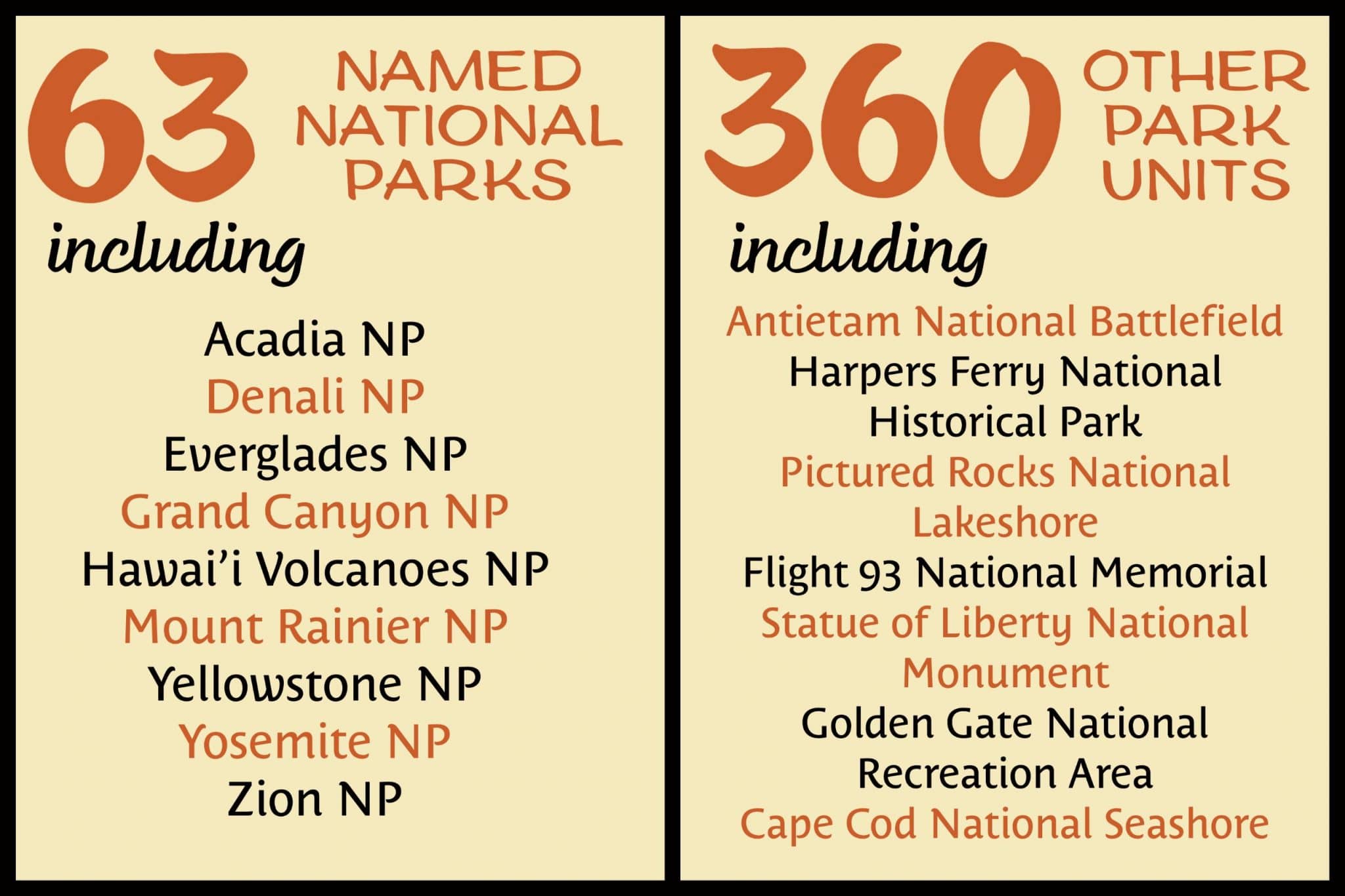
National Monuments are the only parks that can be established by the president alone, rather than by Congress. These tend to be smaller in size and protect a specific resource or attraction.
Generally, National Parks are larger in size and protect land for its natural resources and beauty. These tend to be well-known and the most-visited units of the National Park Service.
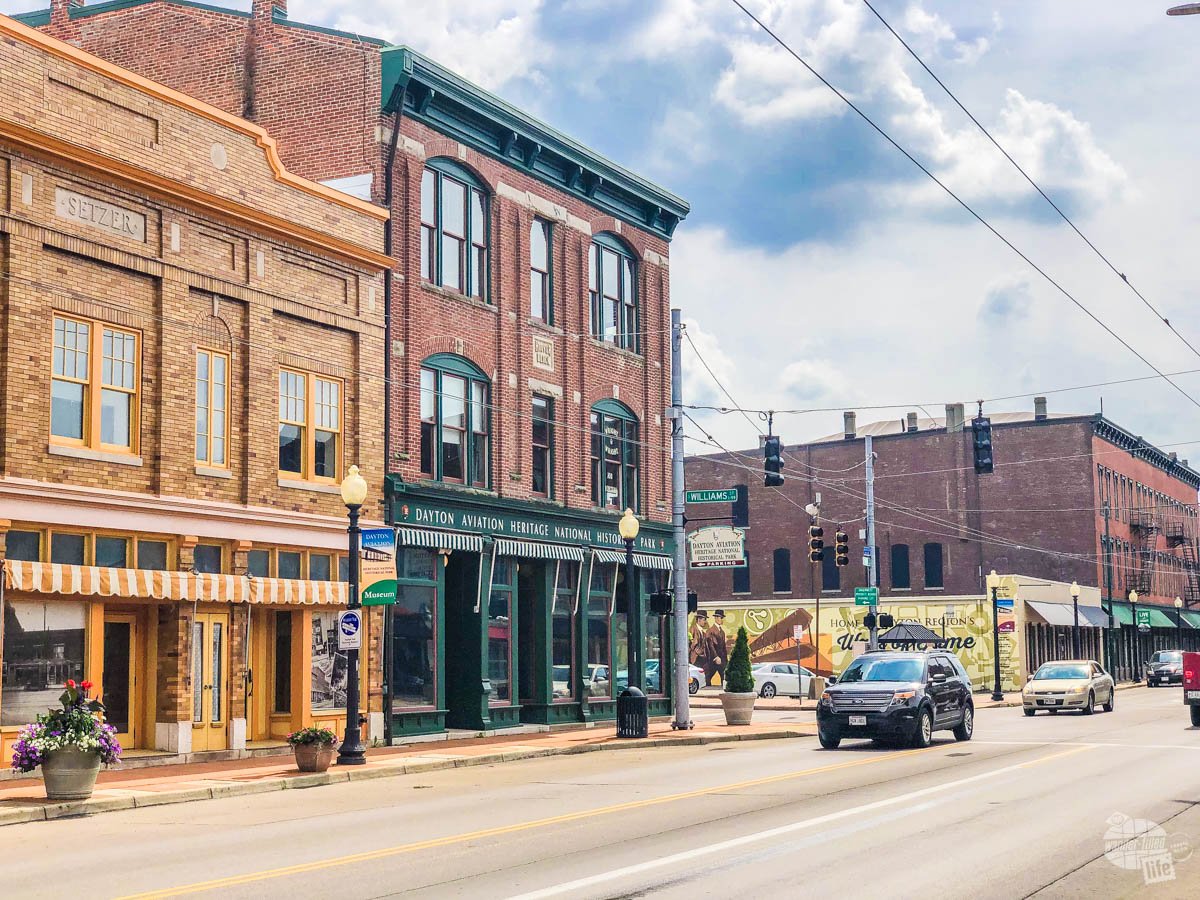
There are certainly exceptions, though. Hot Springs National Park is a relatively small site that preserves a historic destination. On the other end of the spectrum, Dinosaur National Monument is quite large and feels much like a national park.
Some names, such as National Seashores, National Lakeshores and National Parkways are quite specific to what they protect. But the naming of National Battlefields, National Battlefield Parks and National Military Parks is a bit haphazard. The same is true for the many different designations for National Rivers, including National Scenic Rivers, National Wild and Scenic Rivers and National River and Recreation Areas.
For more information on the different park designations, check out this article by a park ranger.
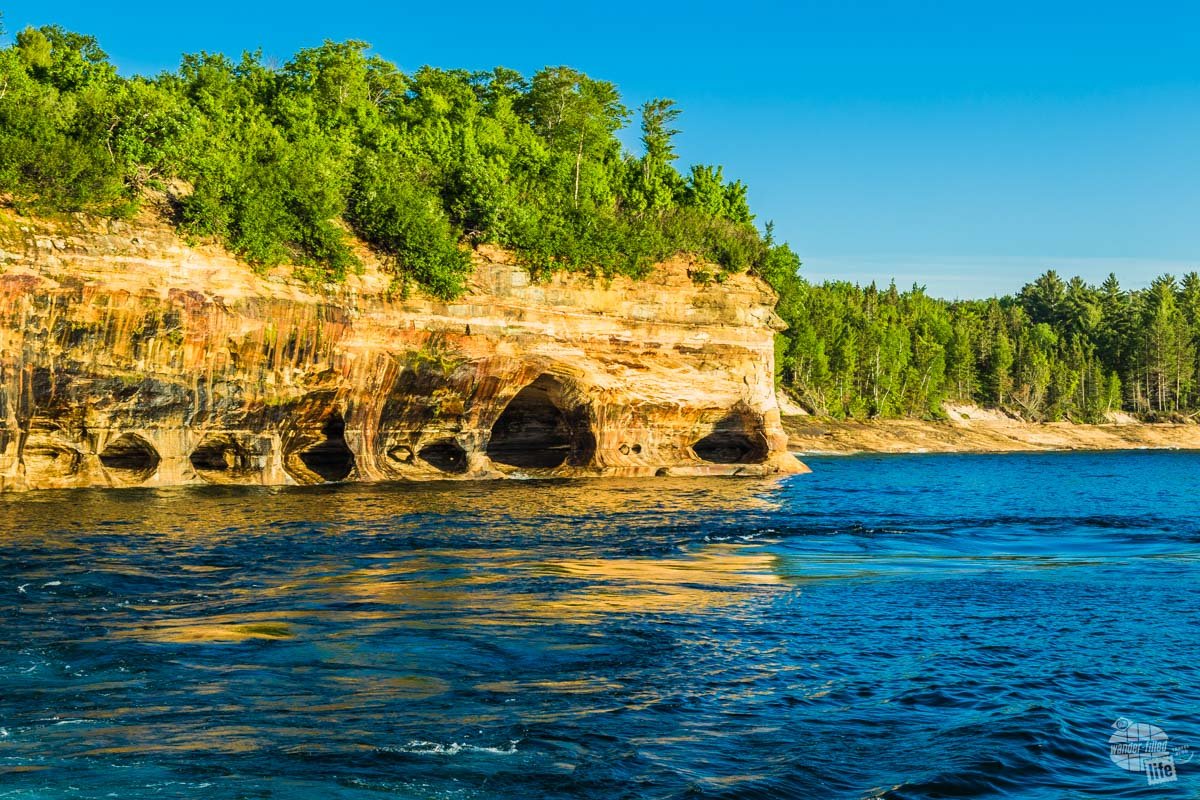
Named National Parks vs. Other Park Units
For the most part, the designation of a park (monument, memorial, etc.) really doesn’t matter in terms of how it’s managed. All park units preserve and protect the land with certain usage restrictions. There are some exceptions, though, particularly for National Preserves and National Reserves. Within these parks, activities like hunting or fishing may be allowed (check specific parks for details).
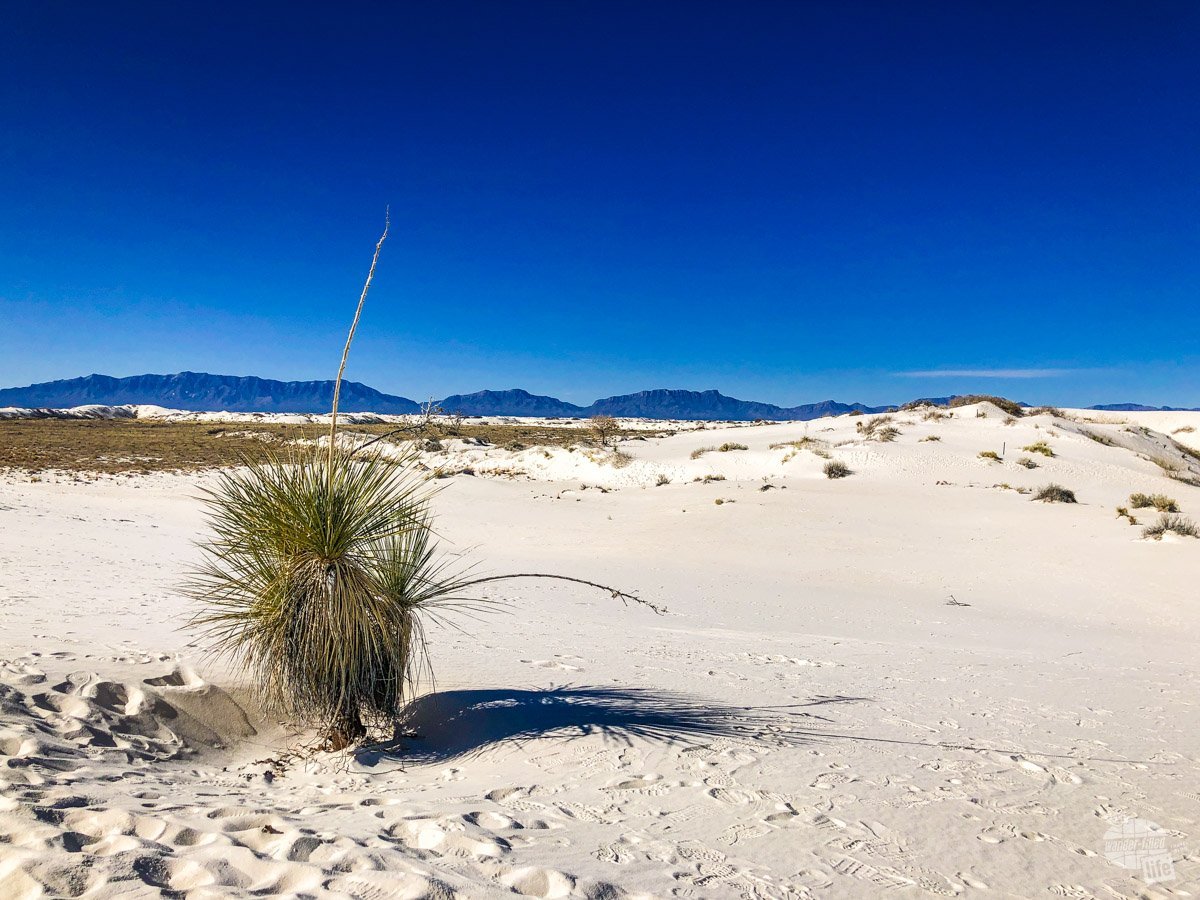
But, when a park is redesignated, such as White Sands National Park (previously, White Sands National Monument), there is no additional funding or change in management. In short, a new name is not an “upgrade.” That said, visitation will likely increase since people *think* it’s an upgrade. That is, often, what drives local politicians to lobby for new names on established parks.
The reality, though, is that the park and the surrounding region may or may not be prepared for the uptick in visitation.
Many people work on just visiting the 63 named National Parks. For us, though, all of these 420+ parks are equally important and we’re striving to see them all. Yes, that is a huge goal! No, we are not in a rush to finish.
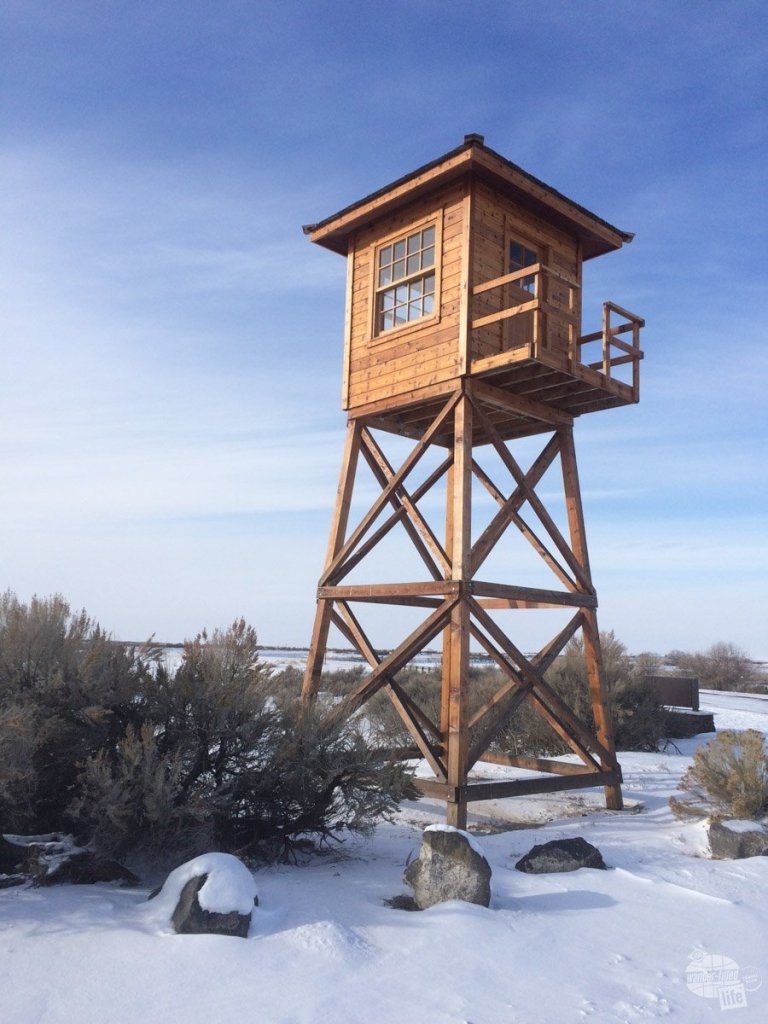
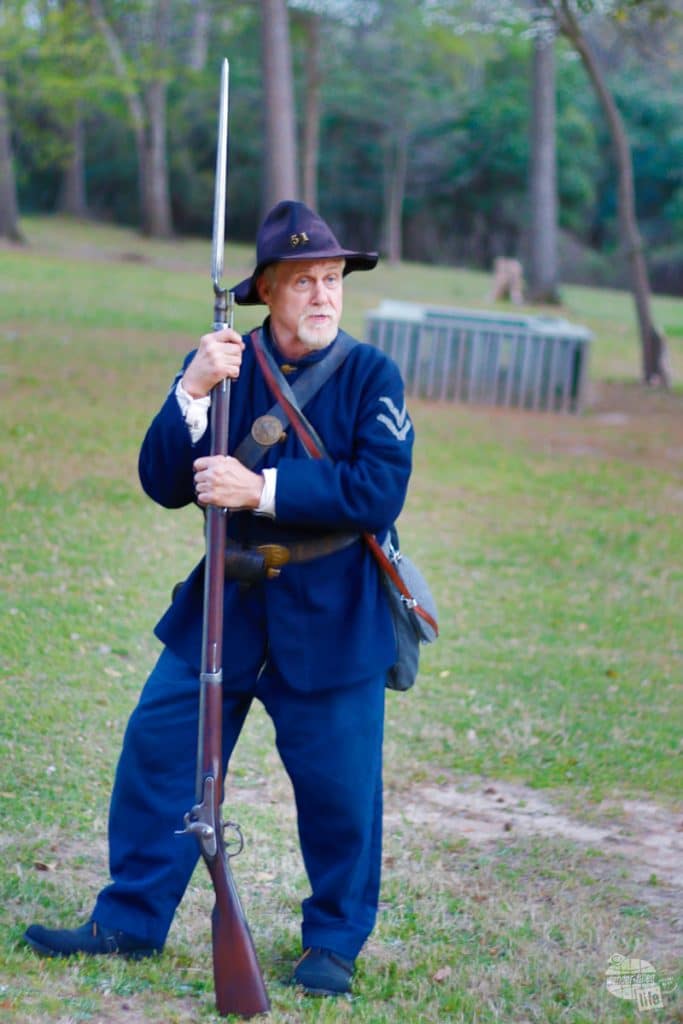
By visiting all the various units, we are learning so much about our country that we never learned in school. Grant often says visiting all the park units is like earning a Master’s degree in understanding our country.
Even if you don’t have the time to visit all 420+ units, we hope that you’ll at least visit “smaller” units that are convenient. Many are free and can be explored in just an hour or two.
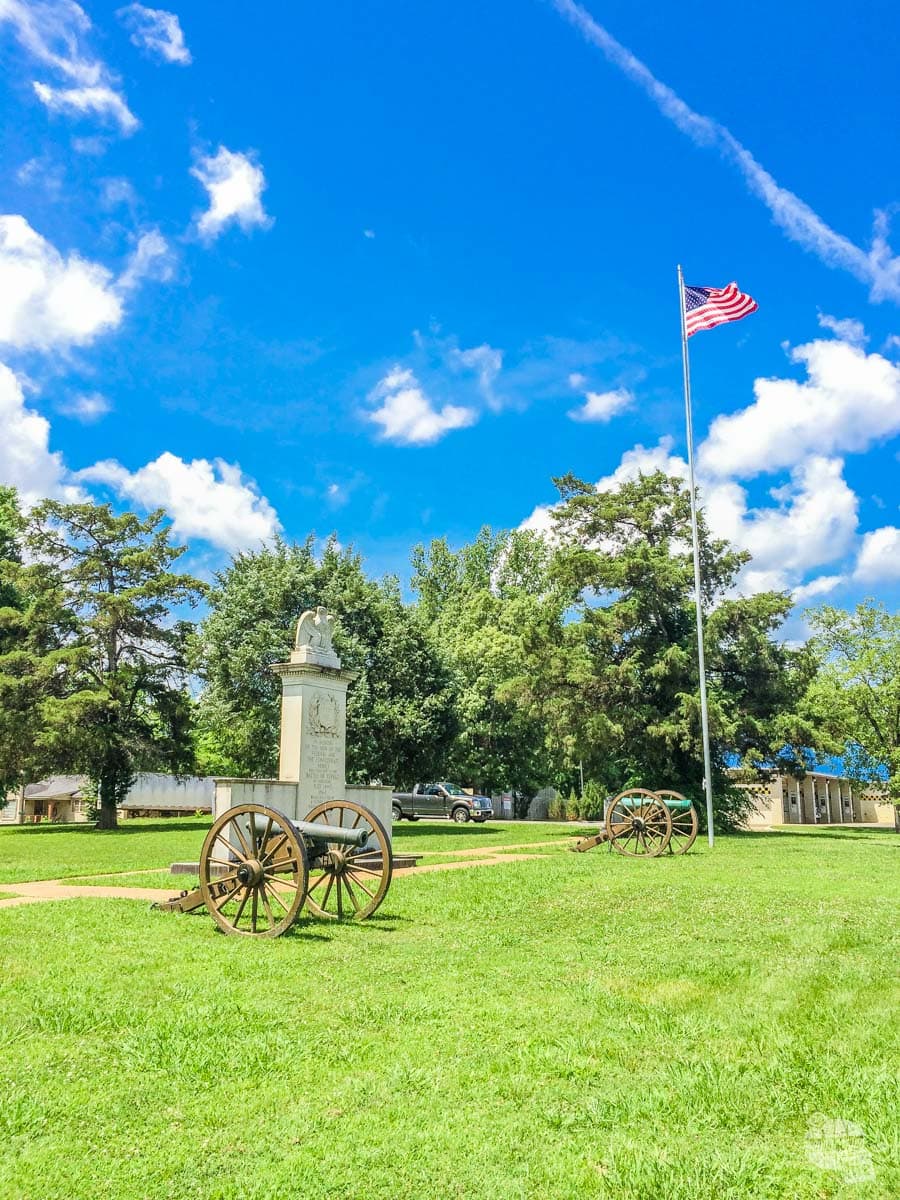
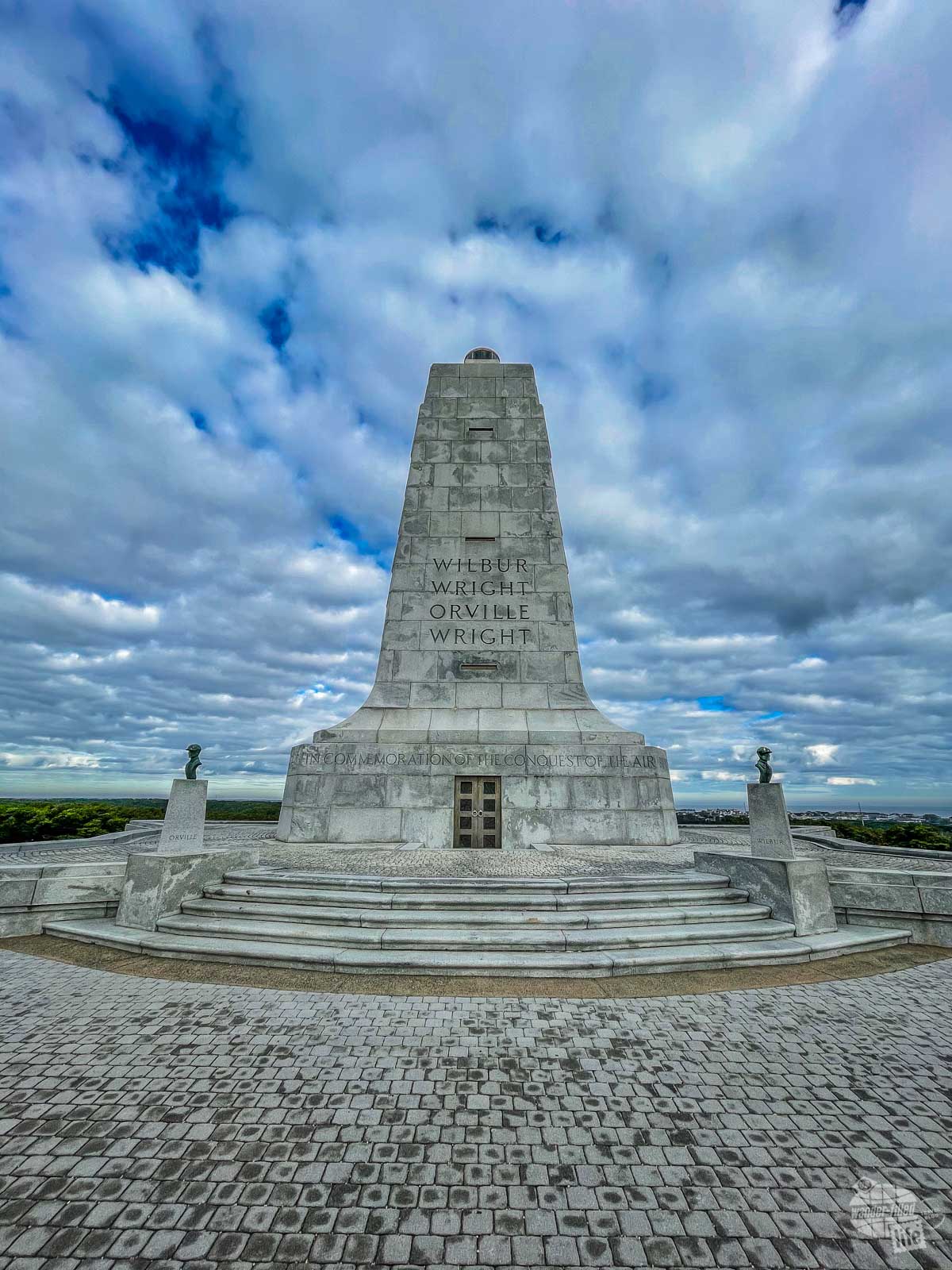
Finally, know that parks are added and renamed more often than you might think. Just since we started really counting our park visits, the number of units has increased from 417 to 424. If this continues, we may never reach our goal of seeing them all!
Check out the newest national park units here.
Choosing a Park/Itinerary
As you start planning your national parks trip, the hardest part may be deciding which park(s) to visit first (or next). When Grant and I started planning our first extended trip together in the summer of 2009, I realized that he had never been to Yellowstone National Park. I immediately said that should be our destination. That particular park just holds a special place in my heart after several visits with my family growing up.
Thankfully, Grant not only agreed to my “demand” but also fell in love with Yellowstone! It’s one of the few parks that we just can’t seem to get enough of.
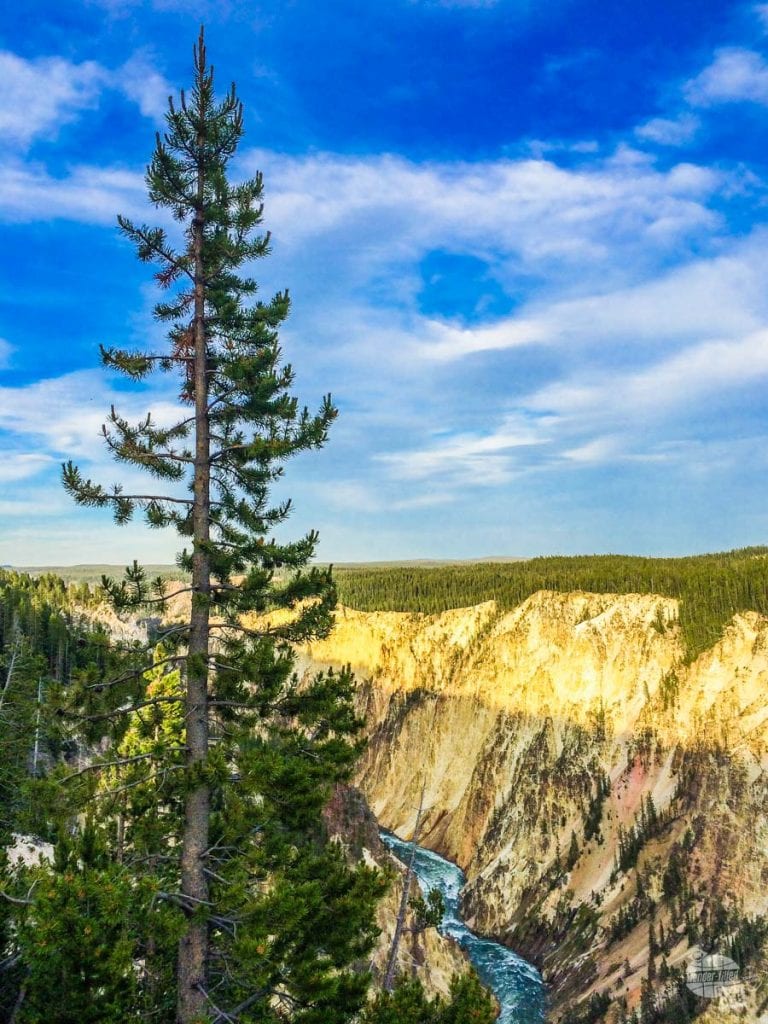
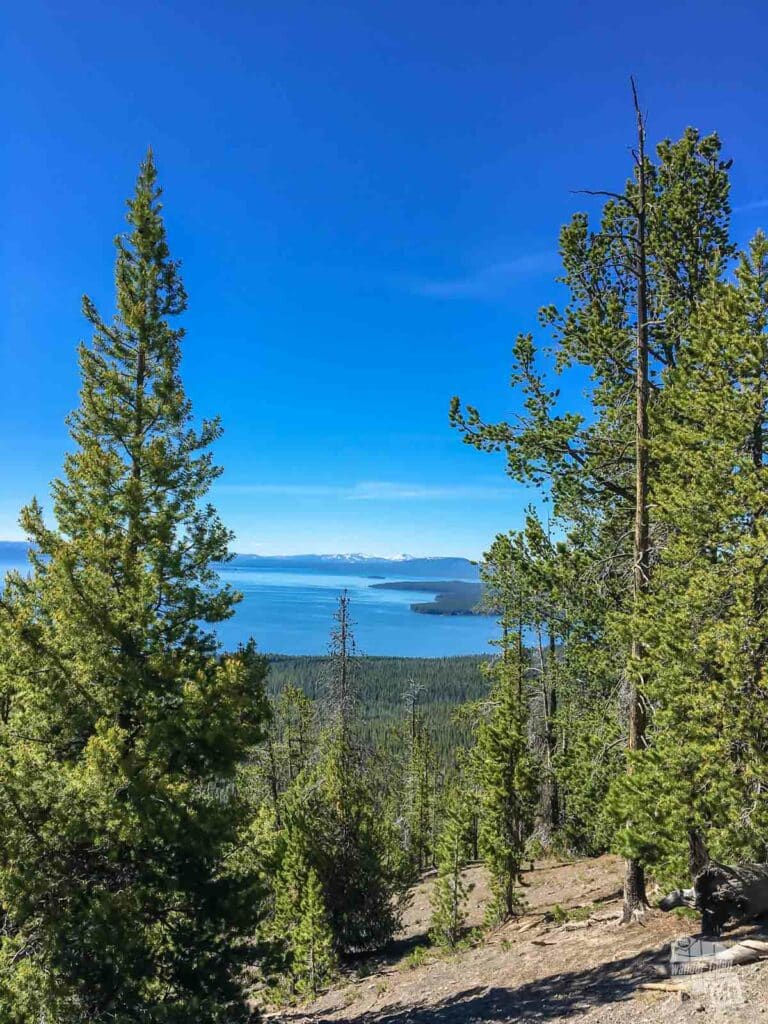
That was probably the easiest vacation decision. If there is a particular park that a friend or family member highly suggests, start with that one, if you can. Having that personal connection really can make your visit special.
The reality, though, is that it is extremely difficult to determine what the priority should be. And there really is no right answer. Everyone has different things they enjoy and what we love may not be what you love.
We tend to like to do road trips where we can visit several national parks on one trip. If you prefer to fly or have limited time, you might want to focus on just one park or a few that are close together.
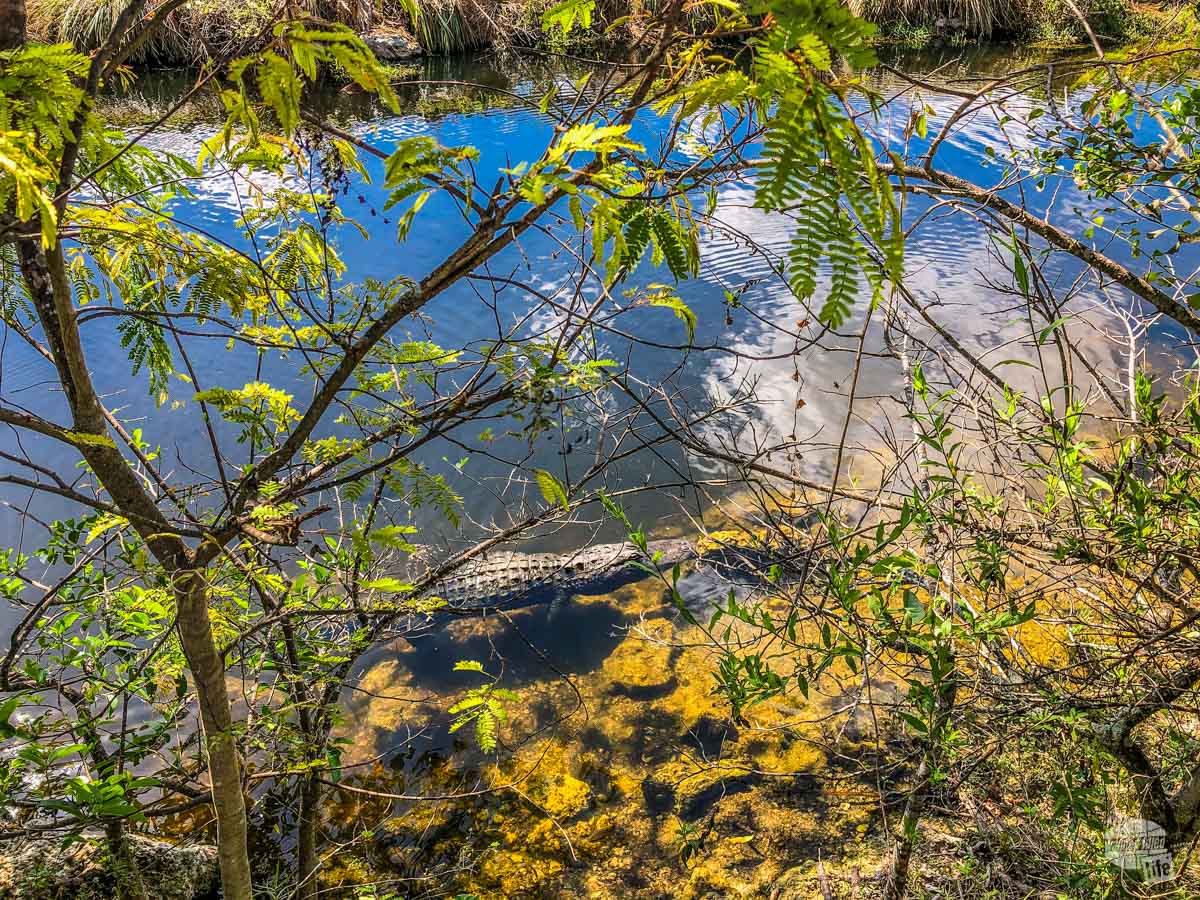
Ultimately, you should consider the time of year and the weather, how much time you have, if you’ll fly or drive, do you want to camp or stay in a hotel, are you trying to visit several parks or focus on just one or two?
Itineraries to Consider
Here are a few itinerary suggestions for you to consider for your next national parks trip.
Western National Parks – This is our ultimate national parks itinerary that includes some of the most scenic sites out there, such as Yellowstone, Rocky Mountain and Glacier. You’ll need more than a month to hit all of the sites included. If you don’t have that much time, you can easily just choose a portion of the full itinerary.
Our Ultimate Western National Parks Itinerary
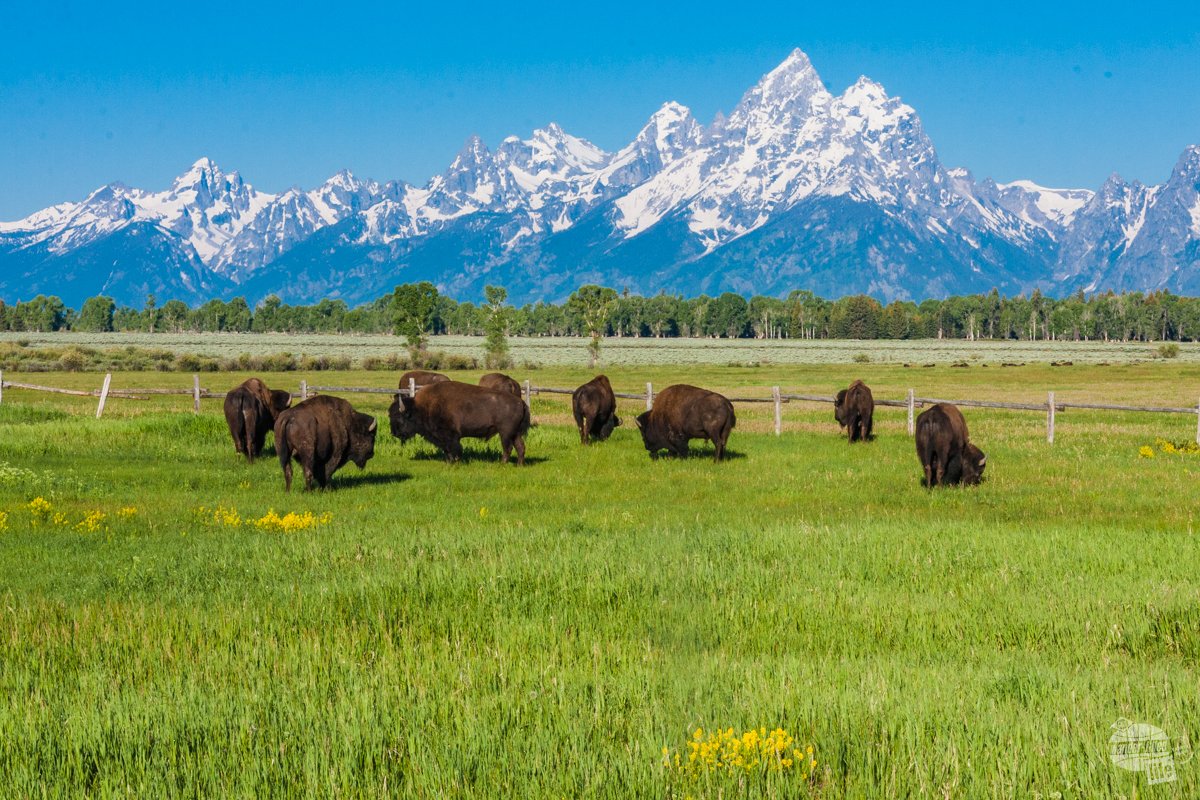
Great Lakes National Parks – With National Parks, National Lakeshores, National Historic Sites and more, the Great Lakes region has a little bit of everything. Our itinerary for a visit includes parks in Indiana, Ohio, Michigan, Wisconsin and Minnesota. In addition to having a great variety of parks, the scenery is amazing and the temperatures are generally cool, even in the summer.
Our Great Lakes National Park Itinerary
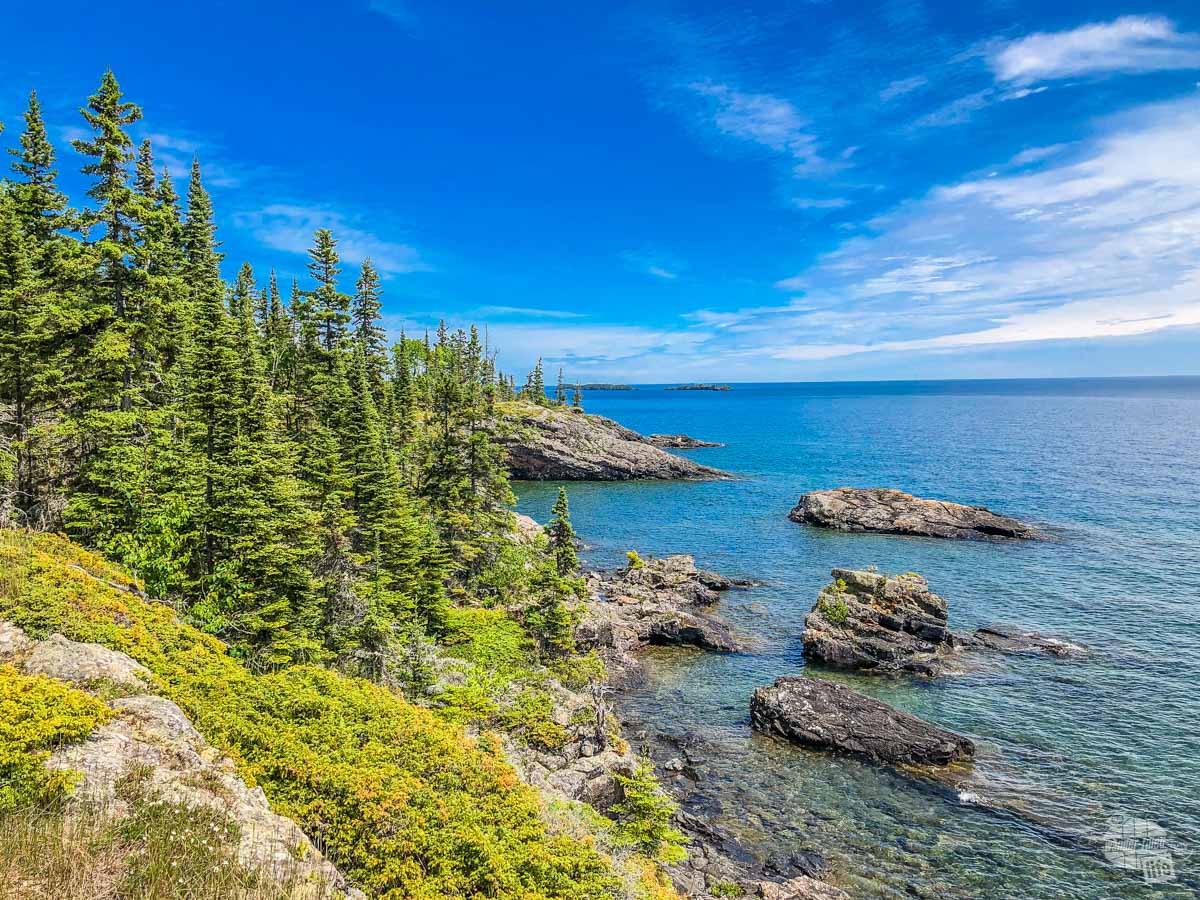
Pacific Northwest (Washington) – The three National Parks in Washington protect mountains, coastline and everything in between. At higher elevations, you might even find snow on the ground in late June or early July. Our itinerary includes most of the NPS sites in Washington plus one in Idaho and one in Oregon.
Our Washington National Parks Itinerary
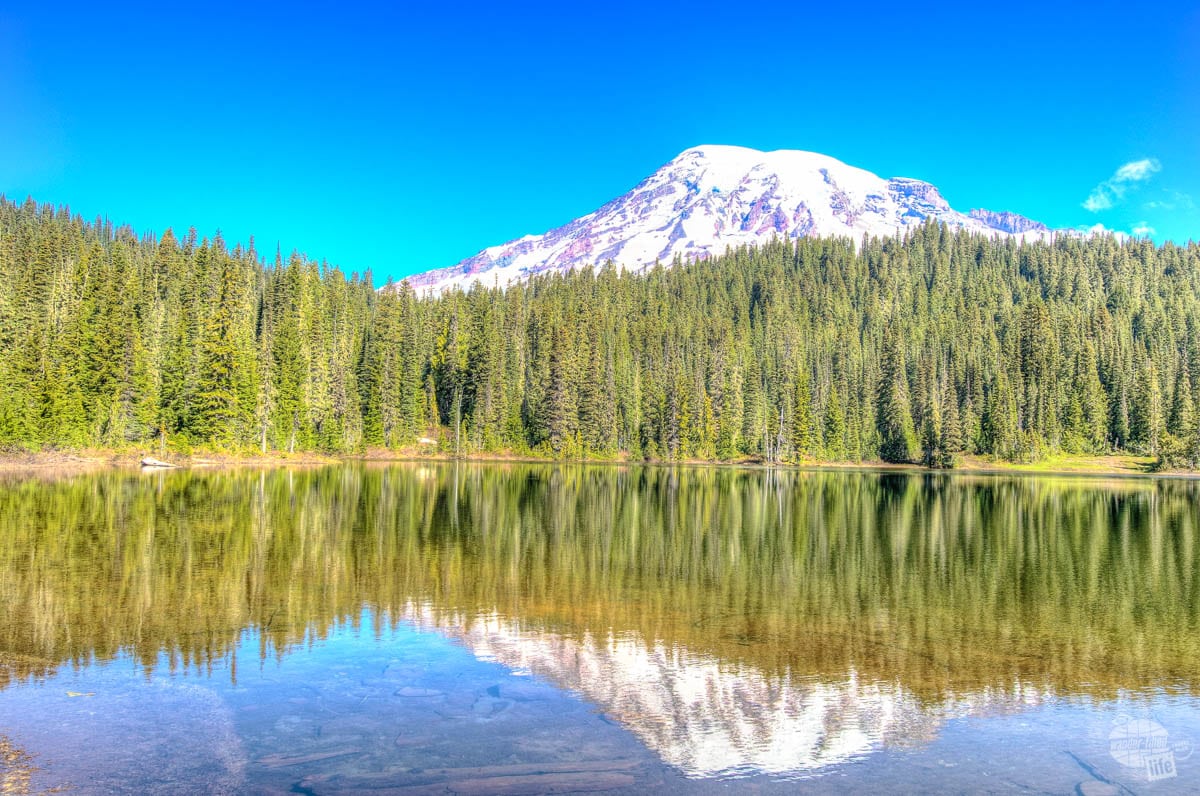
New England – With only one named National Park, New England is often overlooked. But, Acadia is a fantastic National Park and the other sites in the area preserve some of our country’s most foundational historic sites.
Our New England National Parks Itinerary
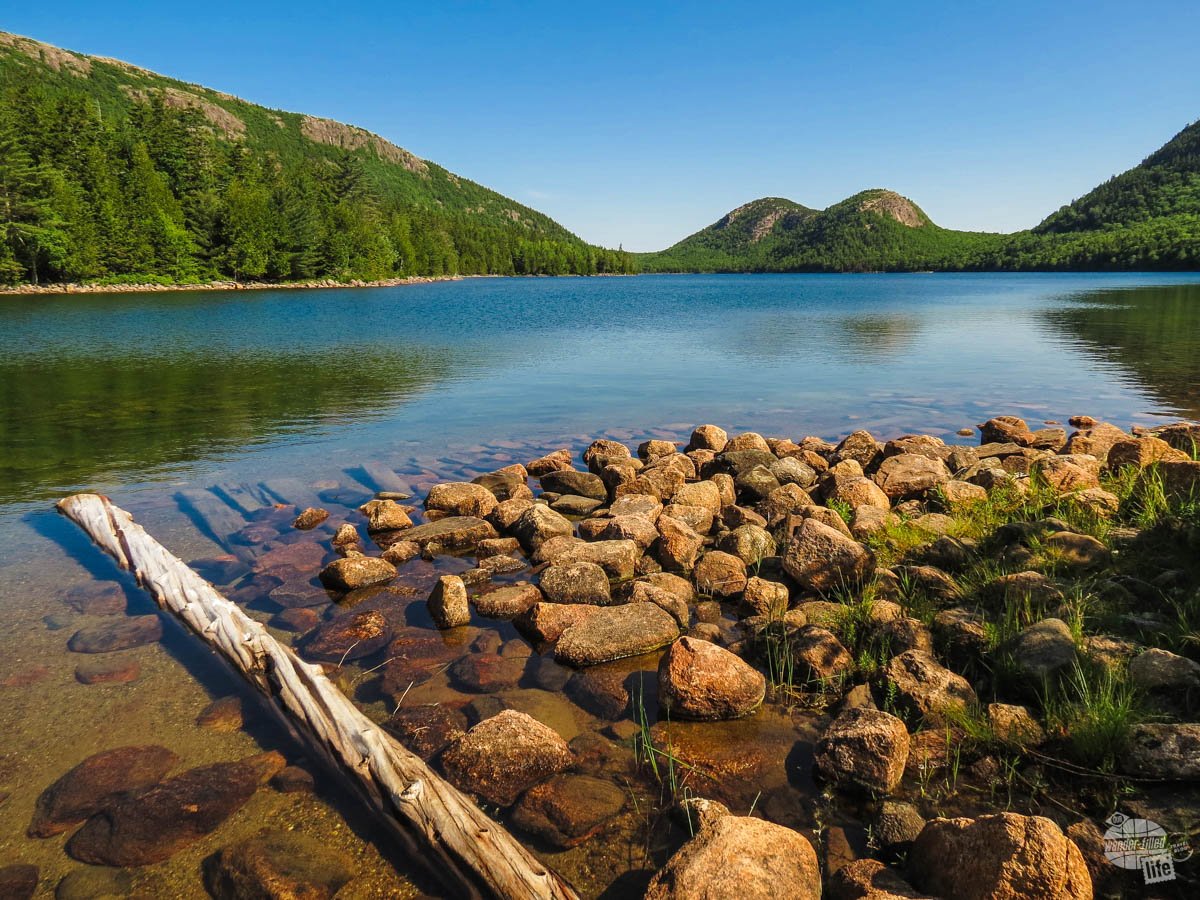
South Florida – If you’re looking for a warm destination in the winter, the South Florida national parks are a great option. We’ve been twice in February and it’s just about the perfect time to visit this region of the country.
Our Guide to the South Florida National Parks
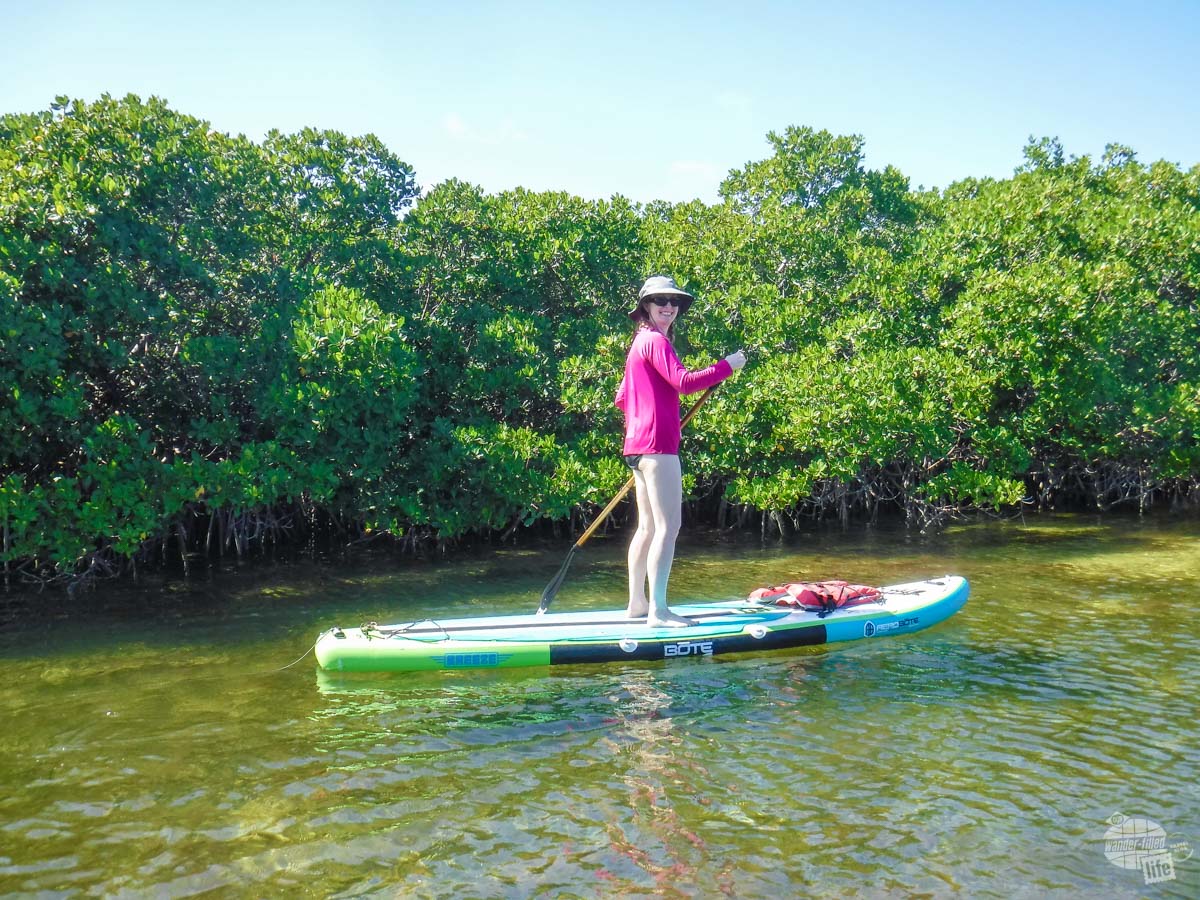
Check out more of our articles on national parks here.
National Parks and the Weather
When planning a National Parks visit, the weather should be a major consideration, especially in the winter. For example, much of Yellowstone National Park is not accessible to cars from early November to late April. You simply cannot just drive in and see everything you could see in the summer.
Any park that sits at high elevation can have snow on the ground into June or even early July. We’ve experienced this at Yellowstone, Glacier and Mount Rainier. Even visiting these parks in late spring or early summer could bring road or trail closures you didn’t expect.
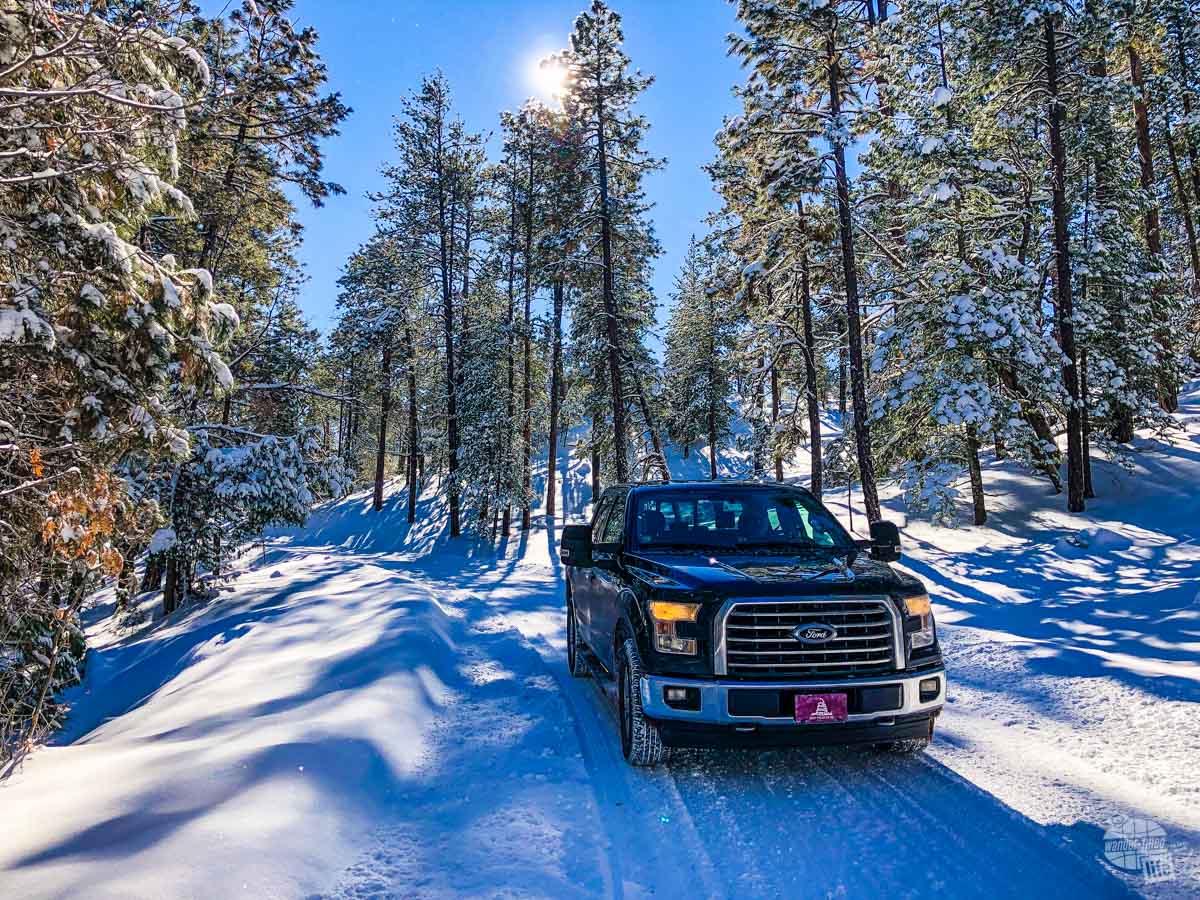
At the other extreme, temperatures in Big Bend National Park were pushing 100 degrees in some areas when we visited the first week of April. Temperatures in the summer can make that park downright miserable and even dangerous.
Generally, you need to be VERY prepared to visit a park at high altitude in the winter or a park in the South or Southwest in the summer. You will find information regarding seasonal road closures and weather on each park’s website.
How to Plan Your National Parks Visit
Once you’ve decided which national park(s) to visit, you’ll need to plan the details. Most named National Parks need at least a full day to fully explore. For some of the larger parks such as Yosemite NP, Olympic NP or Yellowstone NP, we’d suggest three to four days or more.
Many National Parks offer a scenic drive, a visitor center with exhibits and both short and long hiking trails. Of course, this varies greatly by the park. Exploring Biscayne National Park is very different because it is mostly water as compared to Rocky Mountain National Park or Hot Springs National Park.
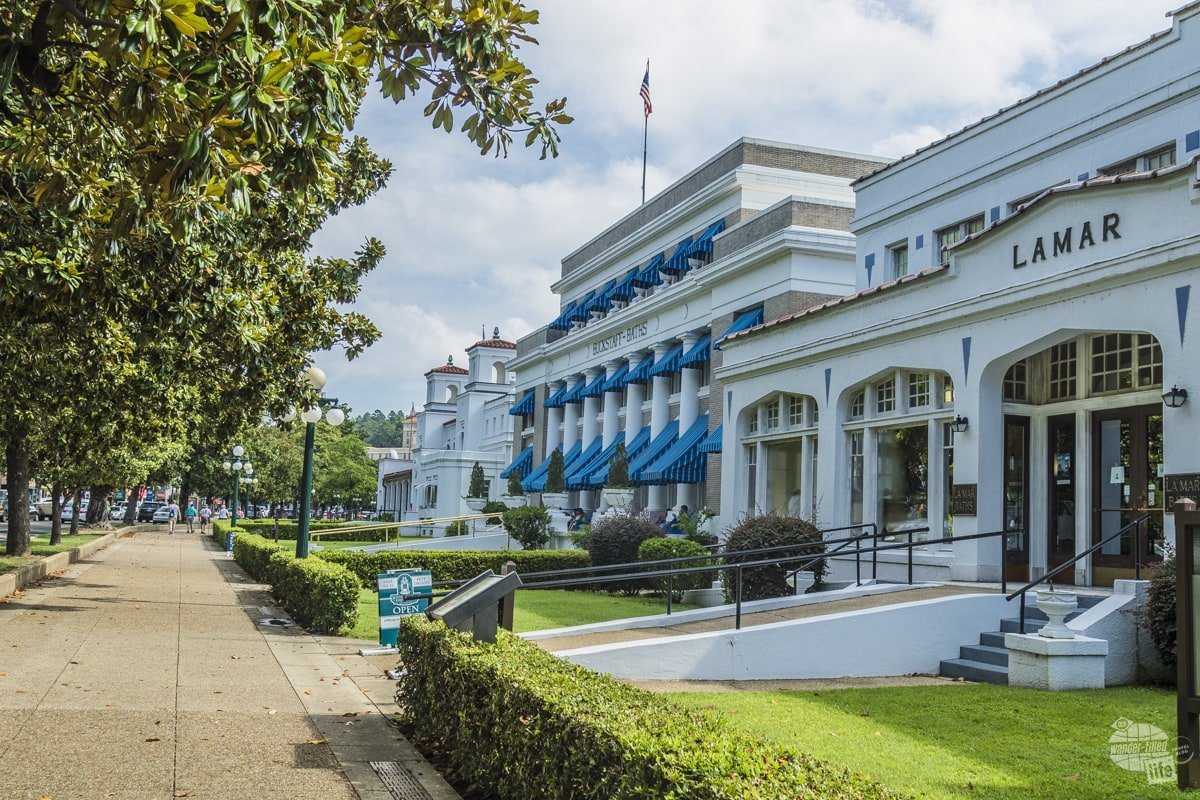
The majority of the other park units can be seen in just a couple of hours. Indeed, Brices Cross Roads National Battlefield Site consists of a memorial on just one acre and a nearby church and cemetery. You can see the entire site in just a few minutes.
Just a little research as you start your national parks trip planning will give you at least an approximation of how much time you will need to explore and enjoy each park.
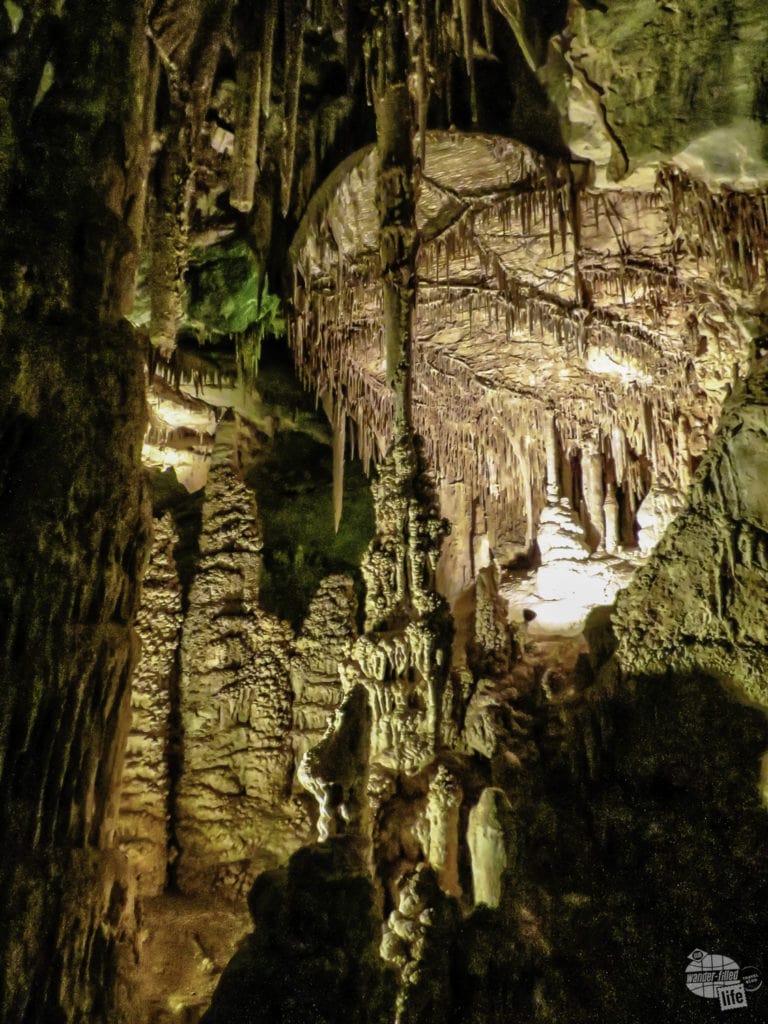
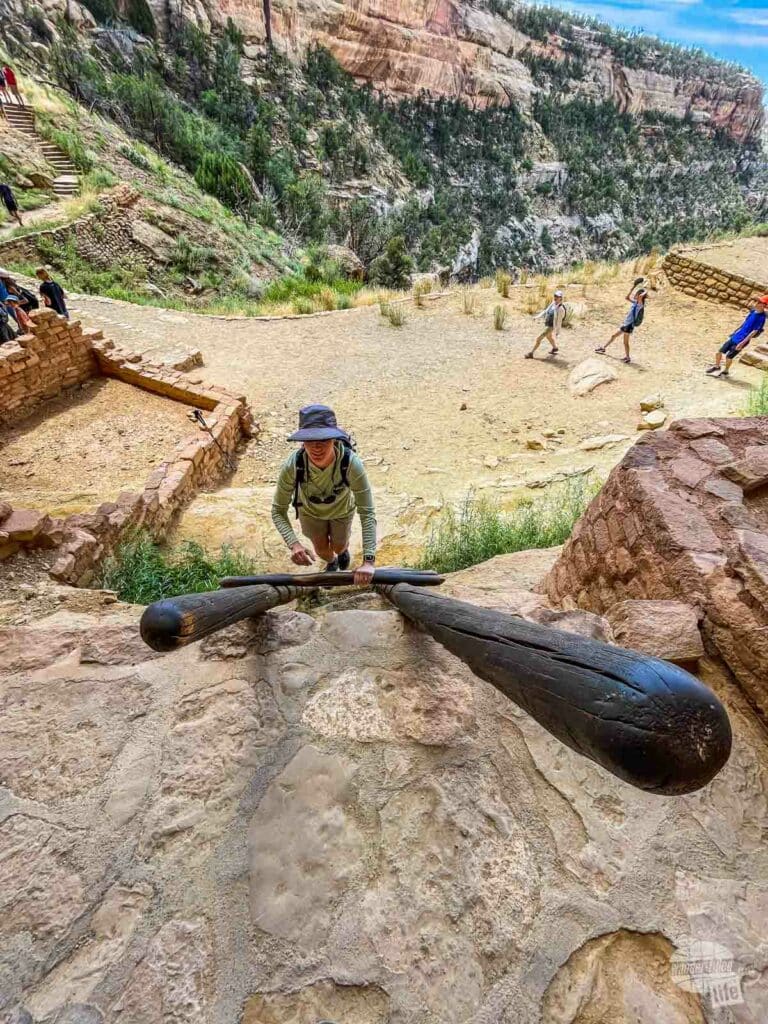
Thankfully, there are tons of resources out there. Your first stop should be the park’s official NPS website. Other good resources are blogs (such as ours), printed guidebooks and social media. Facebook groups, in particular, can be great resources.
NPS Website
If you google the park name, the official park website will, likely, be the first result. You can also search for parks by state on the main National Park Service website.
On the front page of each park website, you’ll find a basic introduction to what the park offers and, most importantly, any alerts you need to be aware of. These alerts will tell you what is open or closed based on weather and other conditions. Please pay close attention to these alerts, especially while there are still COVID-19 restrictions and during the winter.
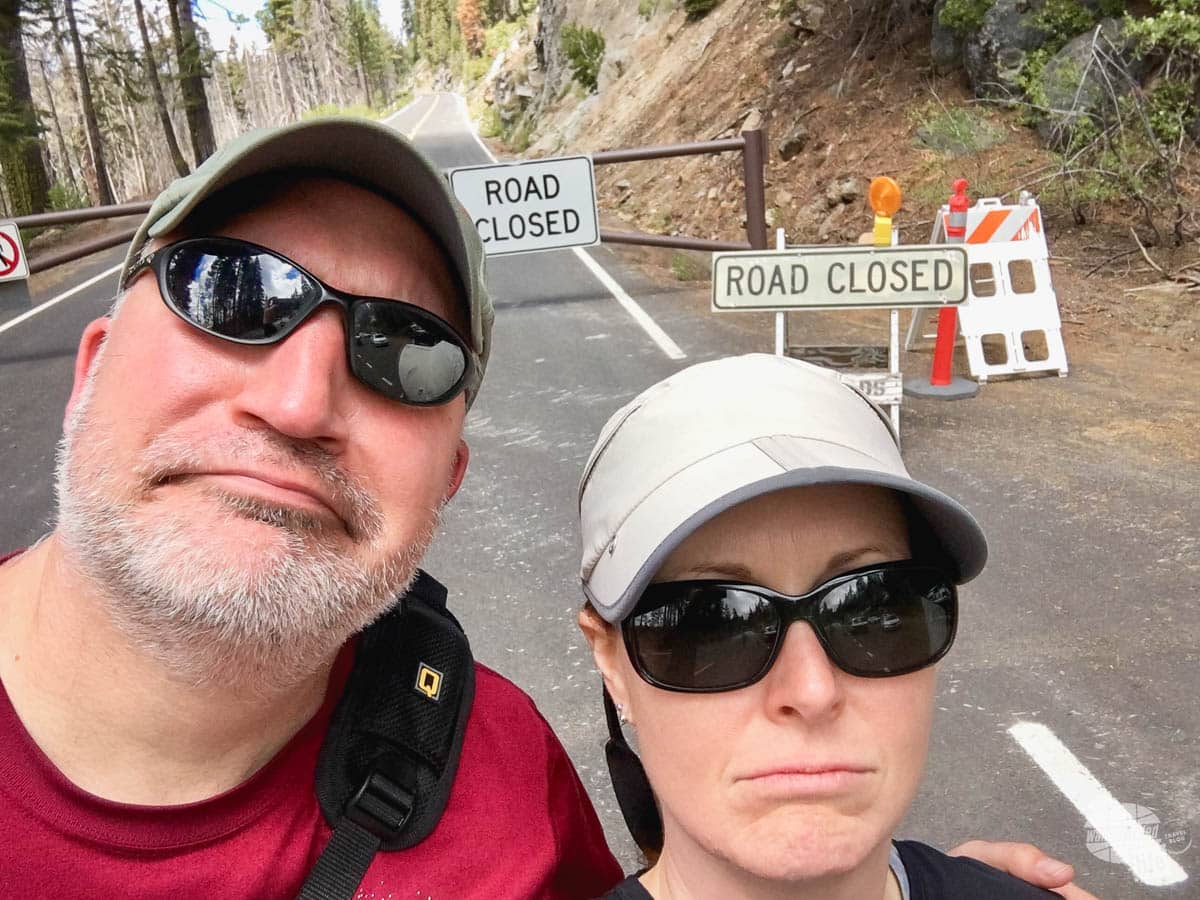
After checking the alerts, click on the “Plan Your Visit” drop-down menu. Here, you’ll find information on the park hours, directions, fees, things to do, where to eat and sleep and much more.
Some park websites have more information than others. And while all the websites have the same general organizational structure you will notice some differences as you search. In general, we find that the bigger parks that see quite a bit of visitation have more online resources. We particularly like when we find a suggested itinerary based on how much time you have in the park.
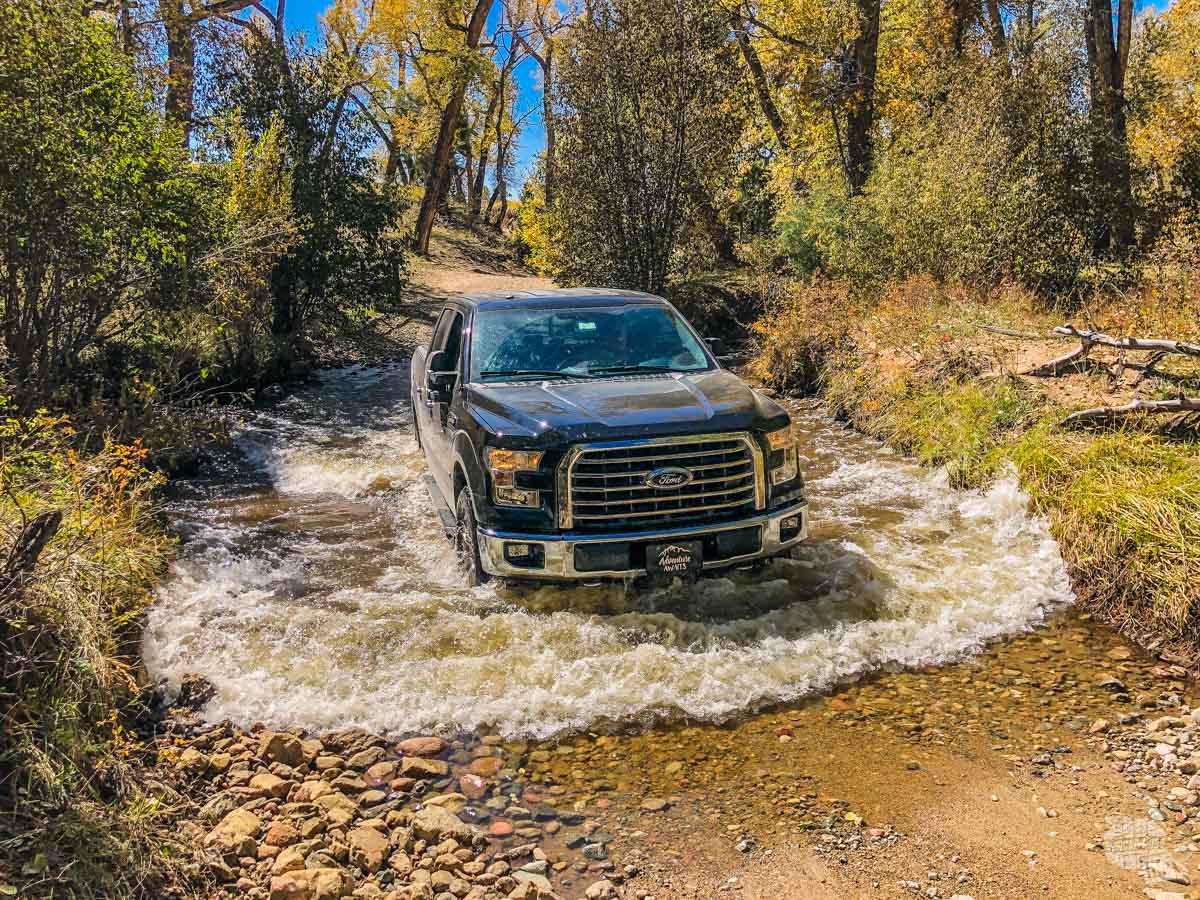
Even just looking at the park map will give you an idea of how big the park is and how much there is to do. Generally, the bigger the park, the more time you want to allot for your visit. Of course, that varies greatly depending on if you are interested in hiking or other activities.
Finally, some of the smaller sites require a tour that you may or may not be able to make advance reservations for. This is especially true for caves, historic homes or restricted sites such as Minuteman Missile National Historic Site in South Dakota.
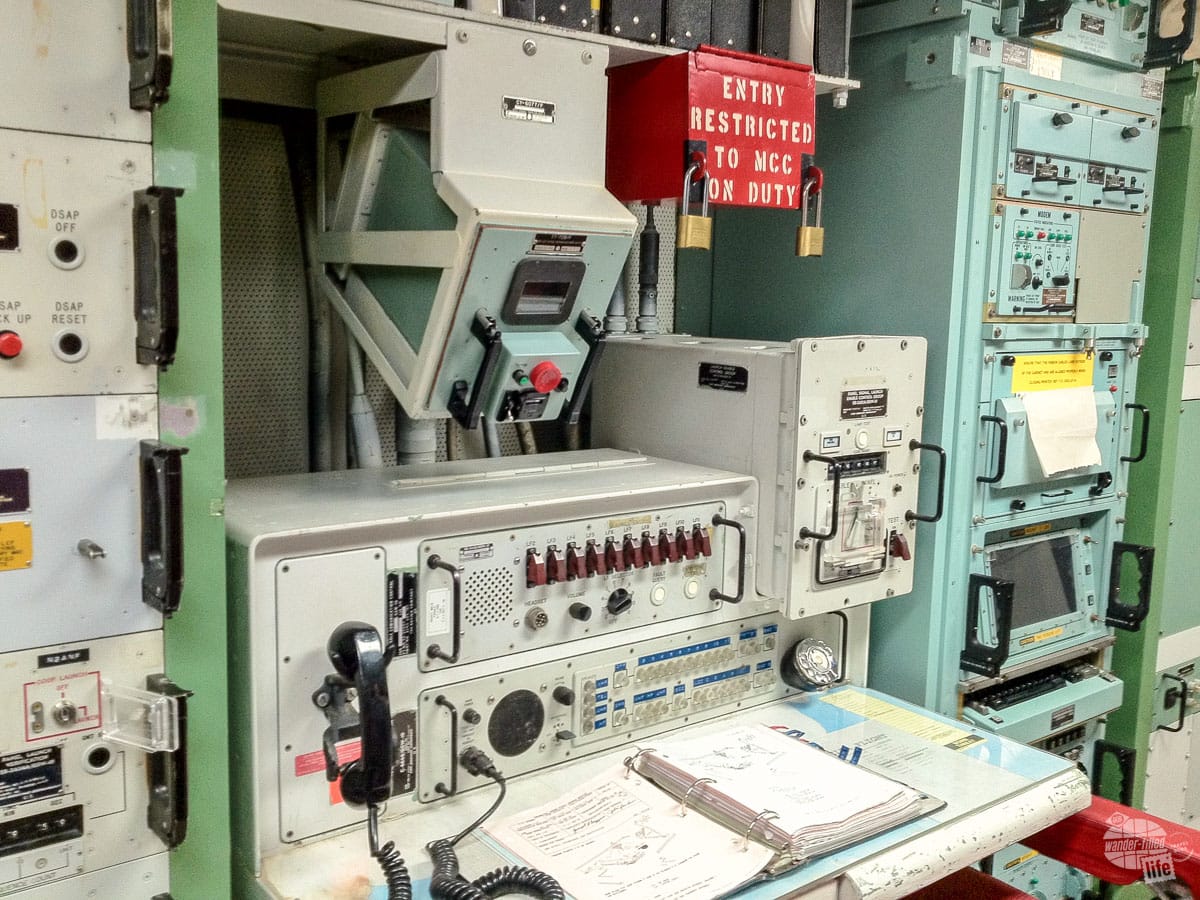
Blogs and Guidebooks
Again, just googling the name of a park will often bring up blog articles on various aspects of the park. Sometimes you’ll find an overall guide or maybe an article focusing on the best places to stay or the best hiking trails.
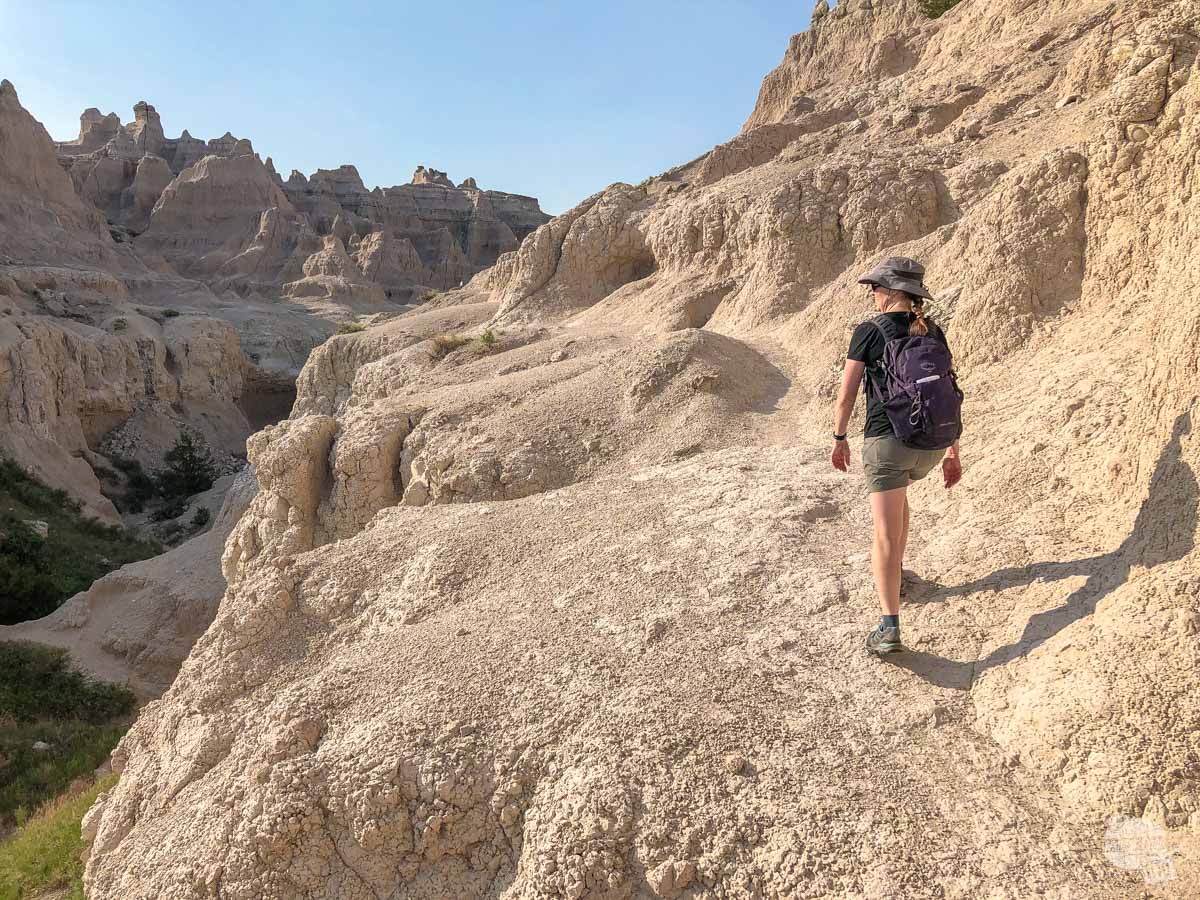
Pinterest can also be a great resource for finding useful blog articles and tips for your visit. The great thing about Pinterest is you can easily save articles in one place (a “board”) for later reference.
In terms of guidebooks, we have and recommend the Moon USA National Parks guidebook by our friend, Becky Lomax. You can also look for specific guidebooks on each individual park. If you’re interested in hiking, you’ll often find trail guidebooks for parks or regions with a lot of trails.
- Lomax, Becky (Author)
- English (Publication Language)
- 784 Pages – 10/18/2022 (Publication Date) – Moon Travel (Publisher)
Social Media
Some national parks have social media pages and some don’t. We have found that most parks have a Facebook page. Twitter and Instagram are a little more hit or miss. Still, these can be great resources, especially for up-to-date information on road conditions or hours of operation.
National Park Service Social Media: Facebook | Twitter | Instagram
For planning, Facebook groups can be super helpful. My biggest advice: PLEASE, PLEASE, PLEASE, do a little research on your own to begin with and ask fairly specific questions. First, it gives folks an idea of what information you’re looking for. Second, you won’t be overwhelmed with so much information you can’t even sort through it.
Consider this post: “I’m driving to Mount Rushmore from Florida. What should I see and do on the way? Anything else nearby that I shouldn’t miss?” If it’s a good group, I would expect several hundred comments within a few hours and more information than you can wrap your head around. And everyone thinks their suggestion is a “must-see.” Sorting through all of that might be more time-consuming than helpful.
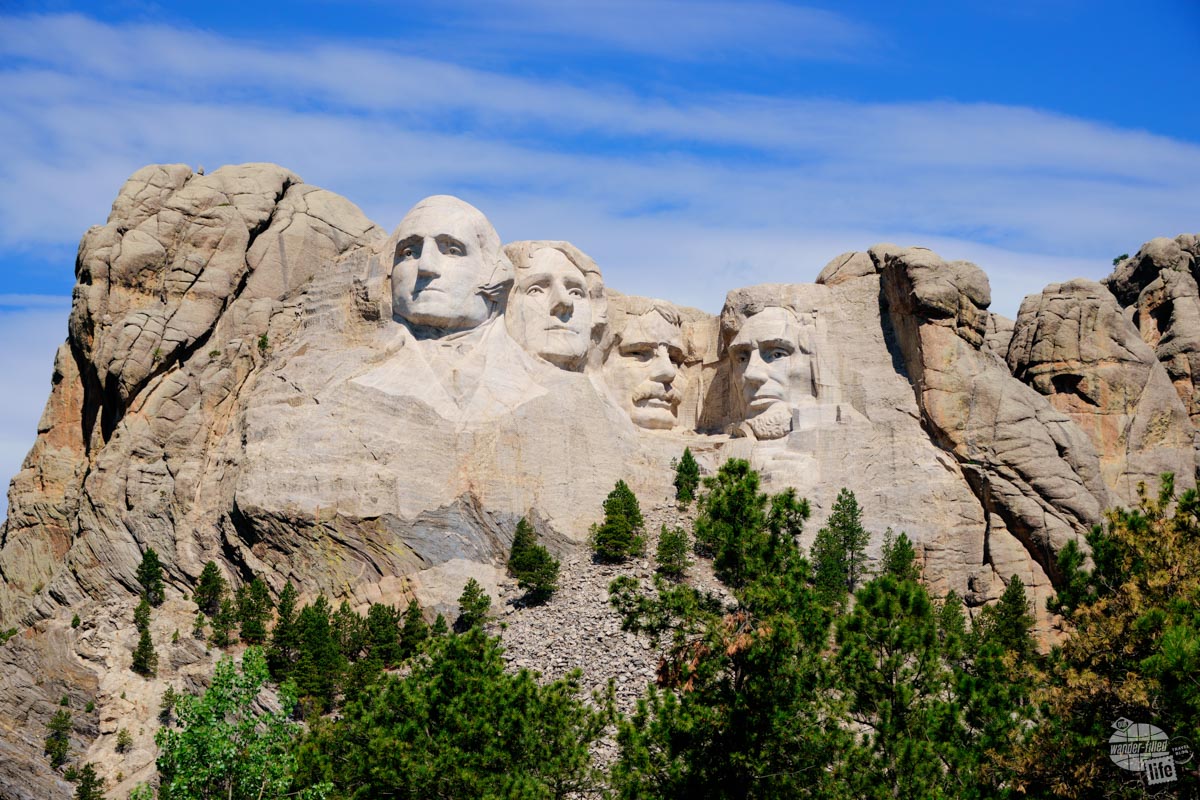
For this Mount Rushmore example, even just asking “Where should I stay?” can prompt more answers than you might imagine. Let folks know if you are looking for a city, a specific hotel or a campground.
Check out our guide for visiting the Black Hills, including Mount Rushmore.
Still, Facebook groups can be great resources for inspiration and tips. There are groups for the National Parks as a whole and sometimes for specific parks. Just search for what you want and see what comes up.
Timed Entry Reservations
While researching various national parks, you will likely find that some require a timed entry reservation. As our national parks become more popular, this also means that they become more crowded. Unfortunately, not all of our parks have the infrastructure to handle their growing number of visitors.
The timed entry reservation aims to better manage the increased visitation and create a better visitor experience. I know that some people find the reservation system annoying or problematic. We have personally experienced the timed entry ticket at both Arches and Acadia national parks and would absolutely say that it was worth the hassle and made for a great visitor experience.
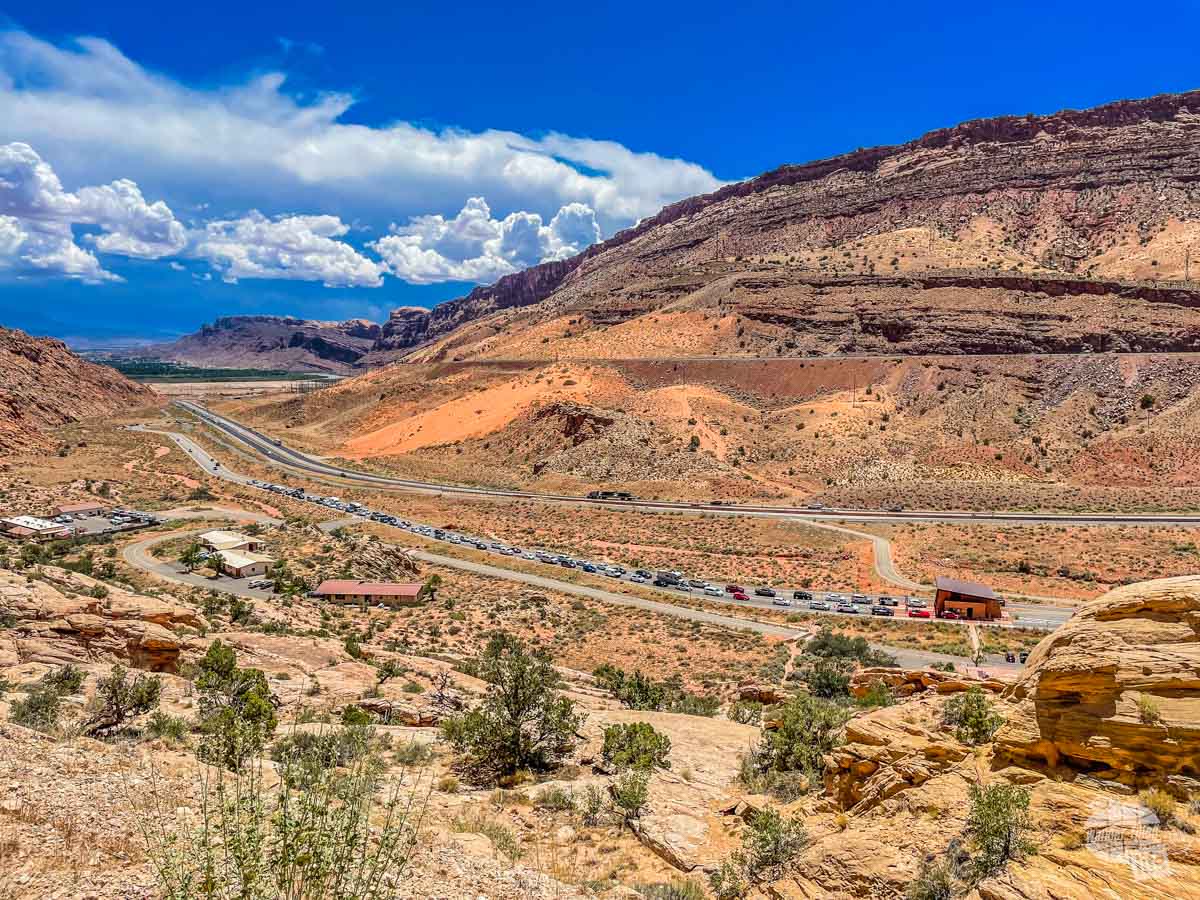
Some parks, like Arches NP, require a reservation simply to enter the park. Most, though, require a reservation just for certain areas of the park, like Cadillac Mountain in Acadia NP, the Bear Lake Corridor in Rocky Mountain NP or driving Going-to-the-Sun Road at Glacier NP. It is important that you know if (and when) the park you are visiting requires a timed entry ticket and how to obtain your reservation.
The best place to find this information is on the park’s official NPS website. That site will ALWAYS have the most up-to-date and accurate information. Yes, I am absolutely saying that you should trust what the park’s website says over me or anyone else. We do our best to provide accurate information but things change all the time, so it’s best to trust the direct source.
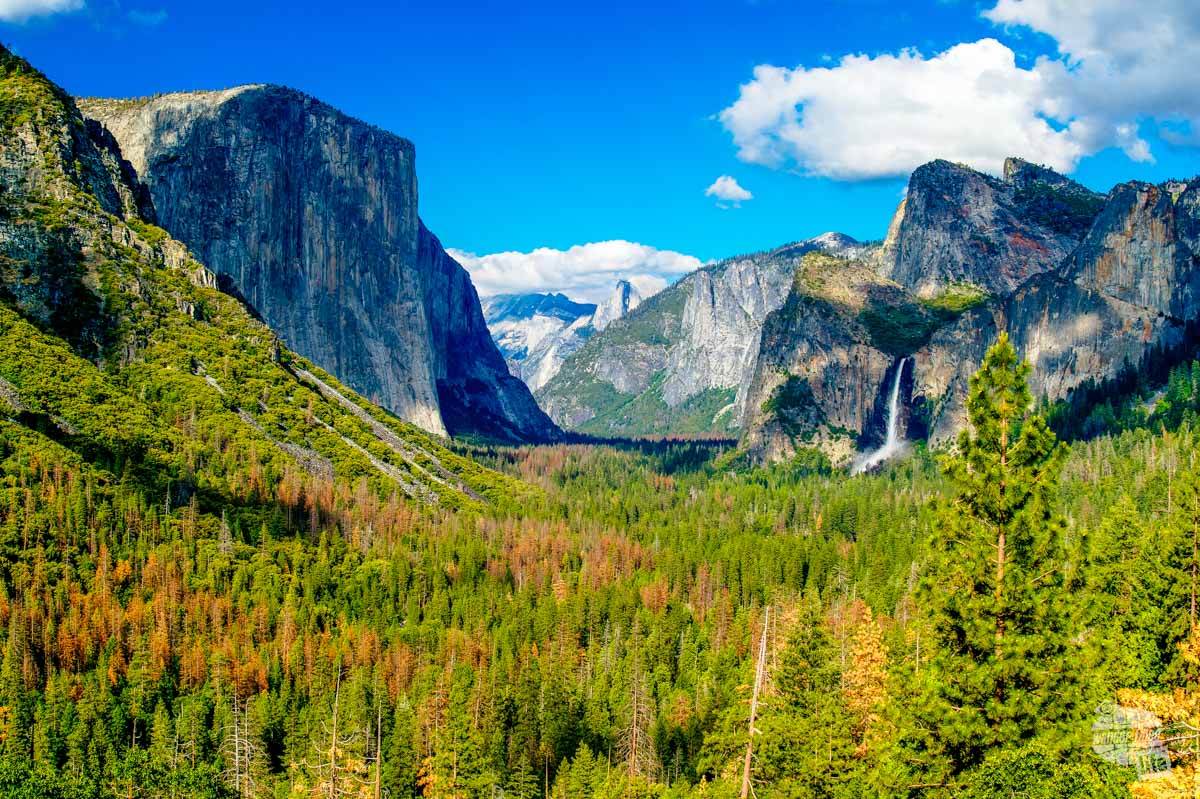
In general, entrance reservations will only be needed during the peak visitation times, which likely will be Spring through Fall. And, they generally are only needed for the busiest times of the day. If you are visiting a park that requires a timed entry ticket, check carefully for when and where you need a reservation.
How to Get Entry Reservations
If a reservation is needed, you will likely need to obtain it through recreation.gov at least two or three months ahead of time. Don’t worry if you’re planning a last-minute vacation, though, in most cases additional tickets are released one or two days ahead of time.
Our first piece of advice: prepare to purchase your ticket just like you would for a Taylor Swift concert. After all, the whole reason the reservation is required is because that particular park is extremely popular. Thus, you should expect that tickets will sell out almost immediately.
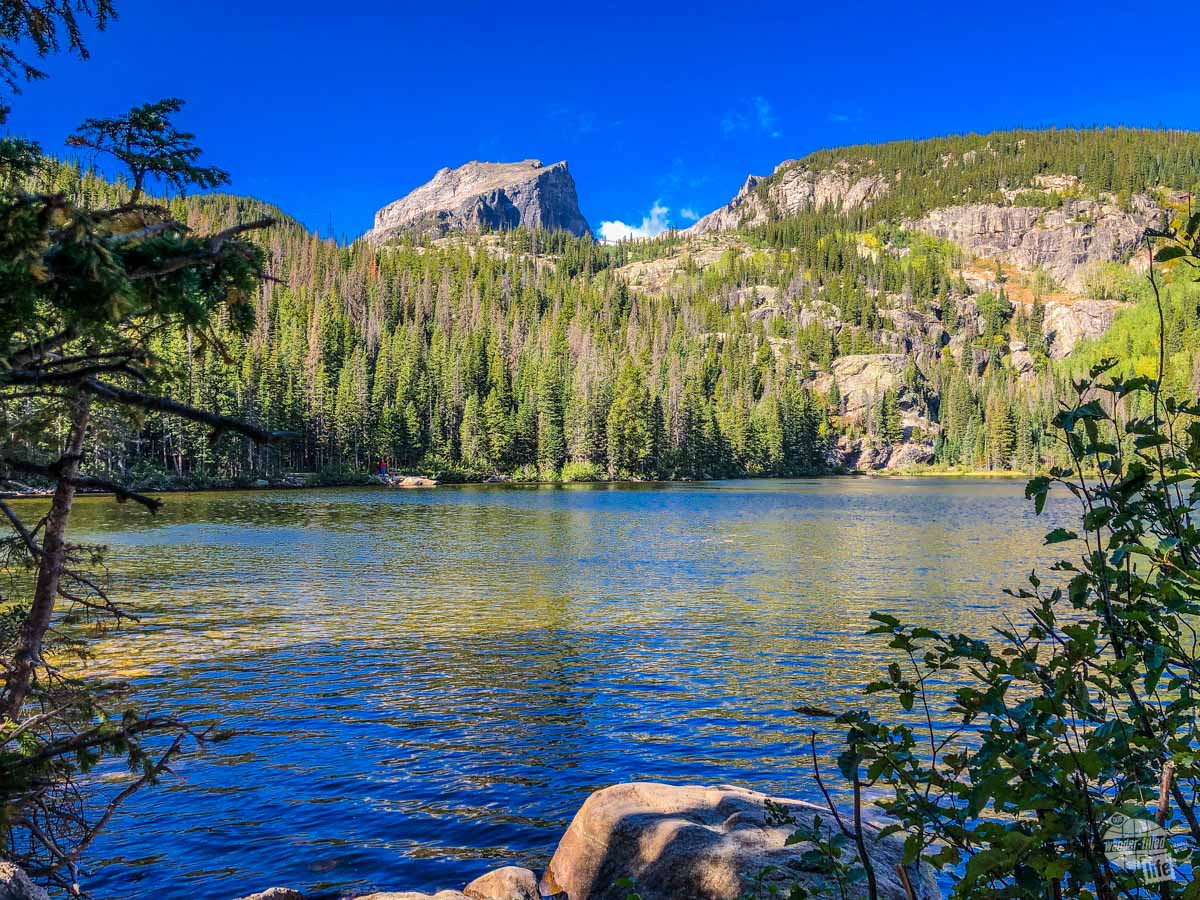
If you don’t already have an account on recreation.gov, set it up ahead of time. That includes adding a credit card for payment as most charge at least a nominal ($1-2) processing fee. (We always recommend a credit card over a debit card for security purposes. Plus, we like earning rewards points.)
Read our article on choosing the best rewards credit cards.
Do your research and be on the app or website as soon as tickets are released. If you are planning far enough in advance, that means you are trying to get tickets when they are first released several months before your visit. For those planning at the last minute, you might be working on this just a day or two before your visit.
Of course, tickets don’t always sell out immediately. So, if you miss the initial release, it’s worth checking to see if tickets are still available. If not, set a reminder (or several) for the last-minute release.
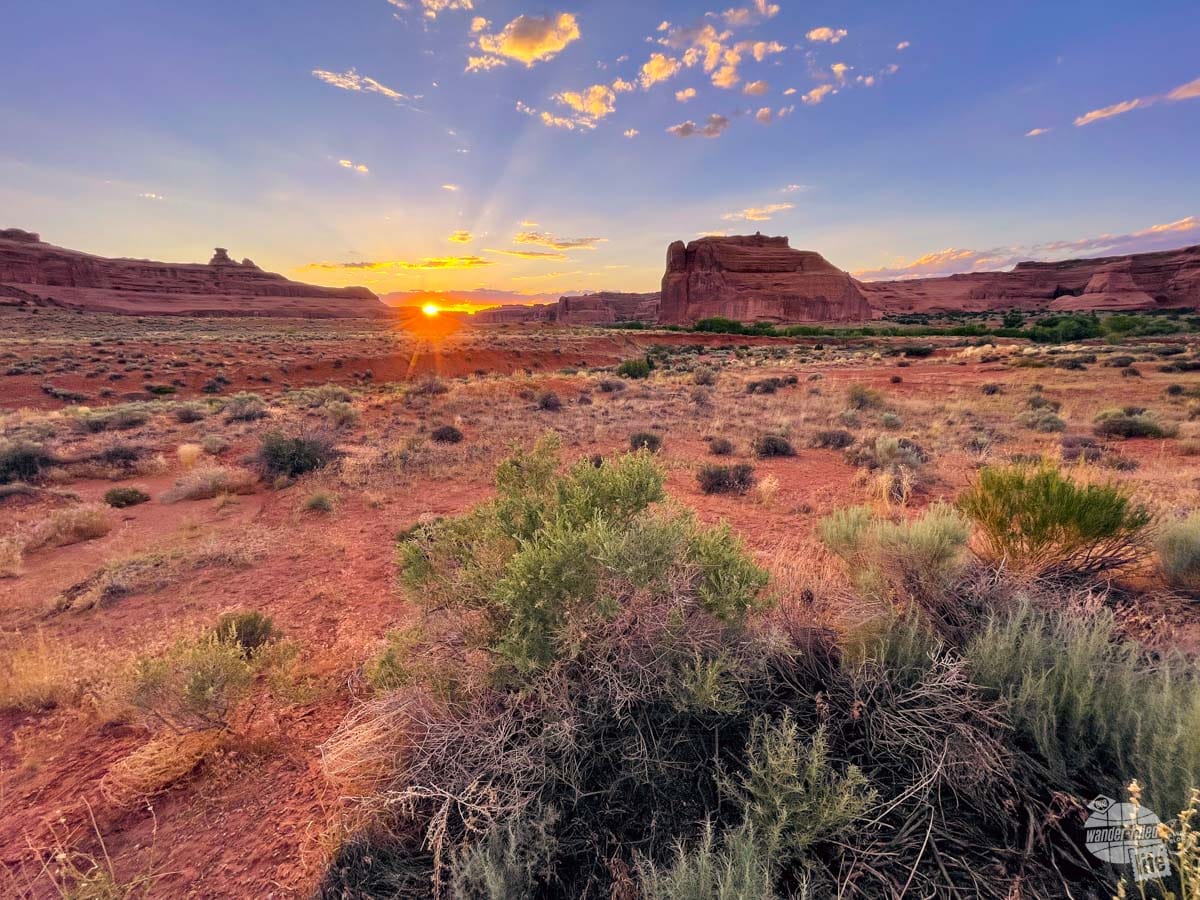
Finally, it’s important to note that there are almost always exceptions to the reservations. If you are camping inside the park or have a ticket for some sort of tour, you likely will not need a park entry reservation. Additionally, you can generally enter the park early or late in the day and avoid the ticket requirement. Again, check each park’s website for full details.
What to Do When You Arrive at a National Park
When you first arrive at a national park, be prepared to pay the entrance fee. Most of the 63 named National Parks charge an entrance fee. Whether other units of the Park Service charge a fee is very hit or miss. Check the park website ahead of time so you know what to expect. Sometimes, you’ll pass through a fee station at the entrance and other times you’ll just pay at the visitor center.
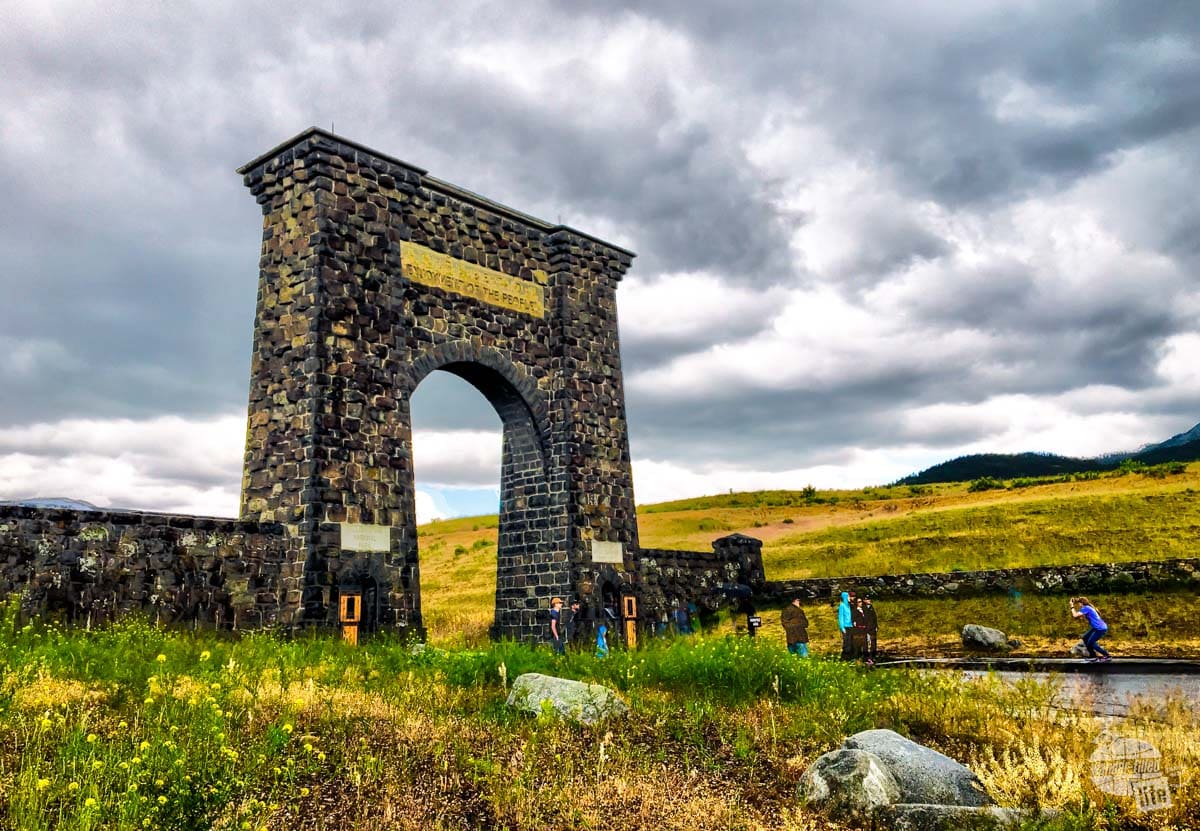
If you’re visiting several parks within a year, consider getting a National Parks pass. The America the Beautiful annual pass ($80) gets you into more than 2,000 federal sites, including all 420+ national park units, wildlife refuges, Bureau of Land Management sites and more. You can buy your pass online ahead of time but we have always just purchased ours in person at a park.
Pro Tip: Getting an America the Beautiful Pass as close to the first day of the month actually gives you nearly 13 months of visiting your public lands. The annual pass is good through the end of that month the following year. Example: If you purchase a pass on June 1, 2023, it will be good through June 30, 2024.
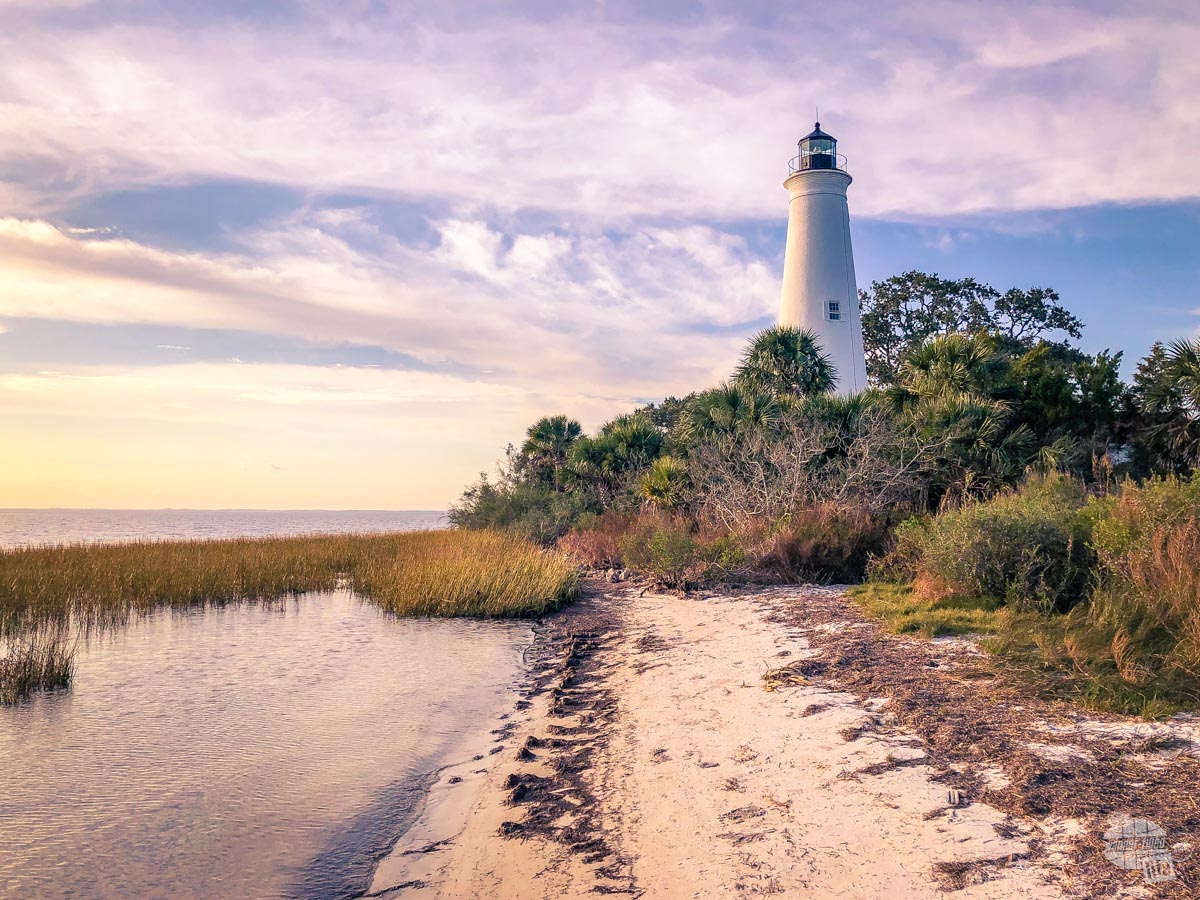
There are also a number of other passes for military/veterans, 4th graders, seniors (age 62+) and permanently disabled citizens. Check out all the passes that are available here.
Note: Park passes generally do NOT cover tour fees or fees for campgrounds, though some do offer a discount.
Stop at the Visitor Center
After paying the fee, or showing your pass, head to the visitor center and check in with a ranger or park volunteer. This is your opportunity to talk to the experts! We always ask about trail conditions and see if they have specific trail recommendations. This is also a good chance to get the most current information on park conditions or any other potential restrictions.
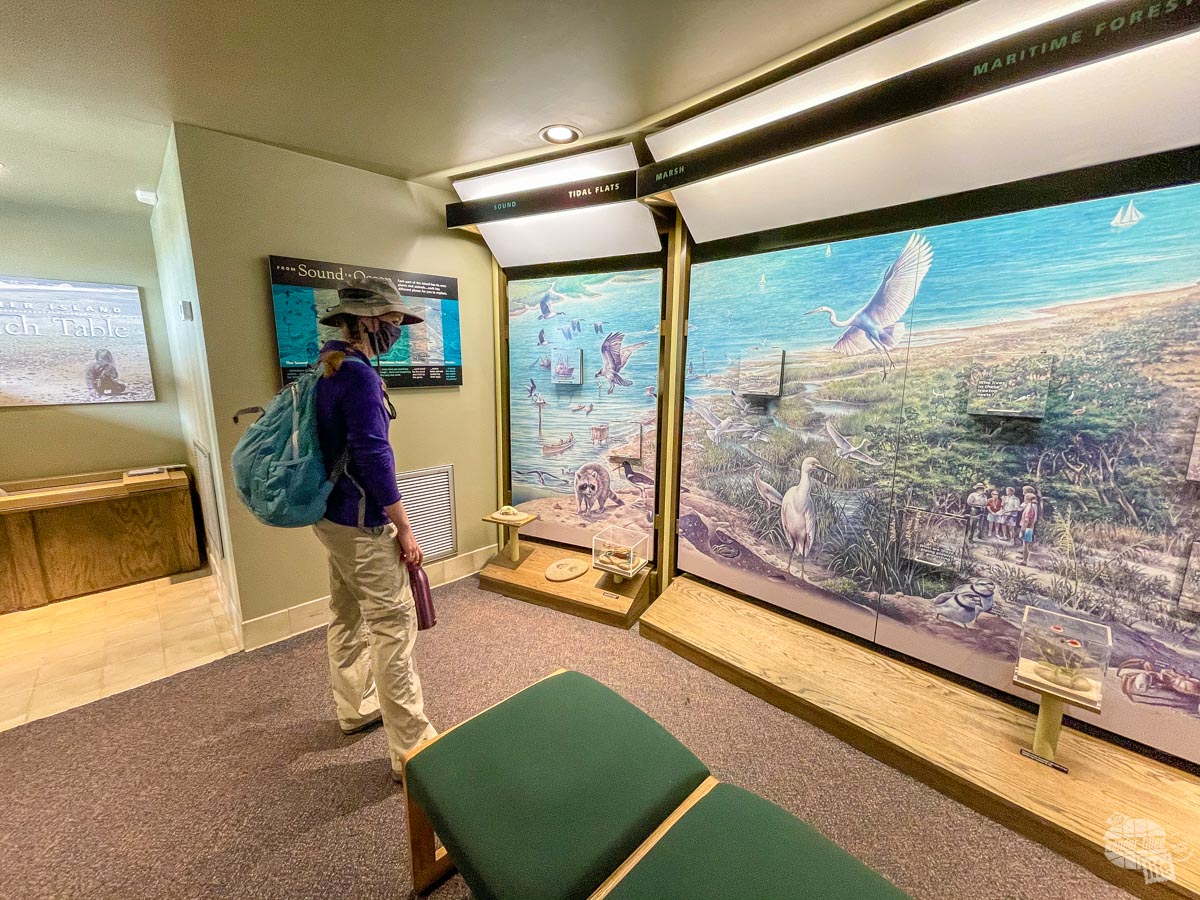
Also at the visitor center, you’ll generally find a park film and exhibits. This is where you really learn about the area, its history, geology and anything else that is important about the park.
Finally, be sure you get the official park brochure when you pay the entrance fee or at the visitor center. The brochure will include a map and basic information on the park. Some of the bigger parks will also have a printed “newspaper” or other brochures. Check these for answers to any questions you have before asking a ranger!
National Park Etiquette
When visiting national parks, please remember that the parks are there to protect and preserve the land for our enjoyment. That means visitors must follow certain guidelines to help that cause. The easiest way to sum it up is the good old adage: “Take only pictures and leave only footprints.”

Here are a few top tips that are good for any park you visit:
- Drive only on marked roads.
- In a historic house, walk only on marked paths (follow the directions of the guide).
- Do not take anything from a park, including pine cones, rocks, etc.
- Put your trash in a trashcan or pack it out with you.
- Keep the bathrooms clean.
- When hiking all but the shortest, easiest nature trails, carry the Ten Essentials.
- If you must potty when out on the trail, do your business as far away from a water source as possible, bury solid waste at least 6 inches and pack out your toilet paper.
- Never approach wildlife! Bison, elk and moose can all be erratic. Carry bear spray if hiking in bear territory.
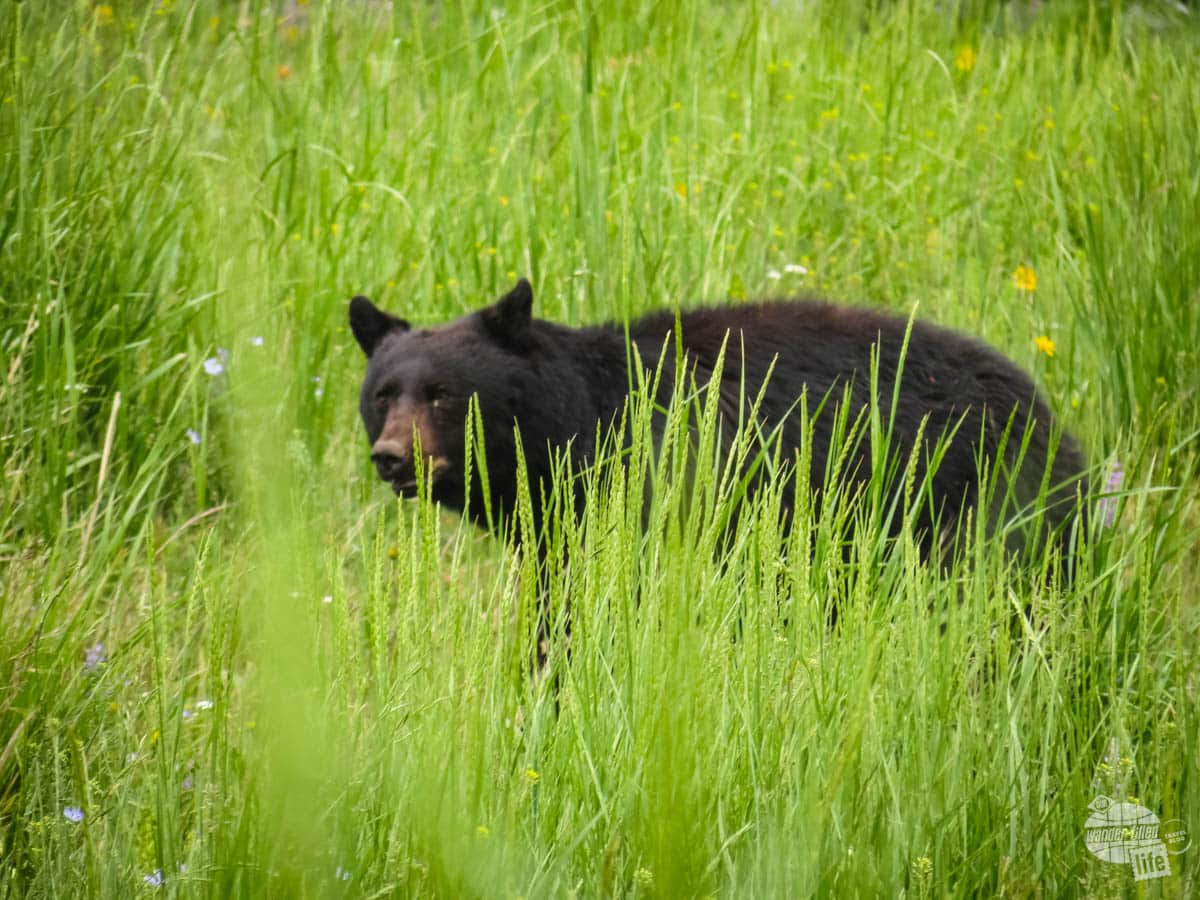
Also, remember that you are not the only visitor. Please be aware of other people who are also trying to enjoy the view at an overlook or take pictures.
Read more about National Park Dos and Don’ts.
Where to Stay
As you plan your national parks trip, one of your biggest decisions may very well be where to stay. Even just deciding if you want to stay inside the park or outside the park can be a difficult decision.
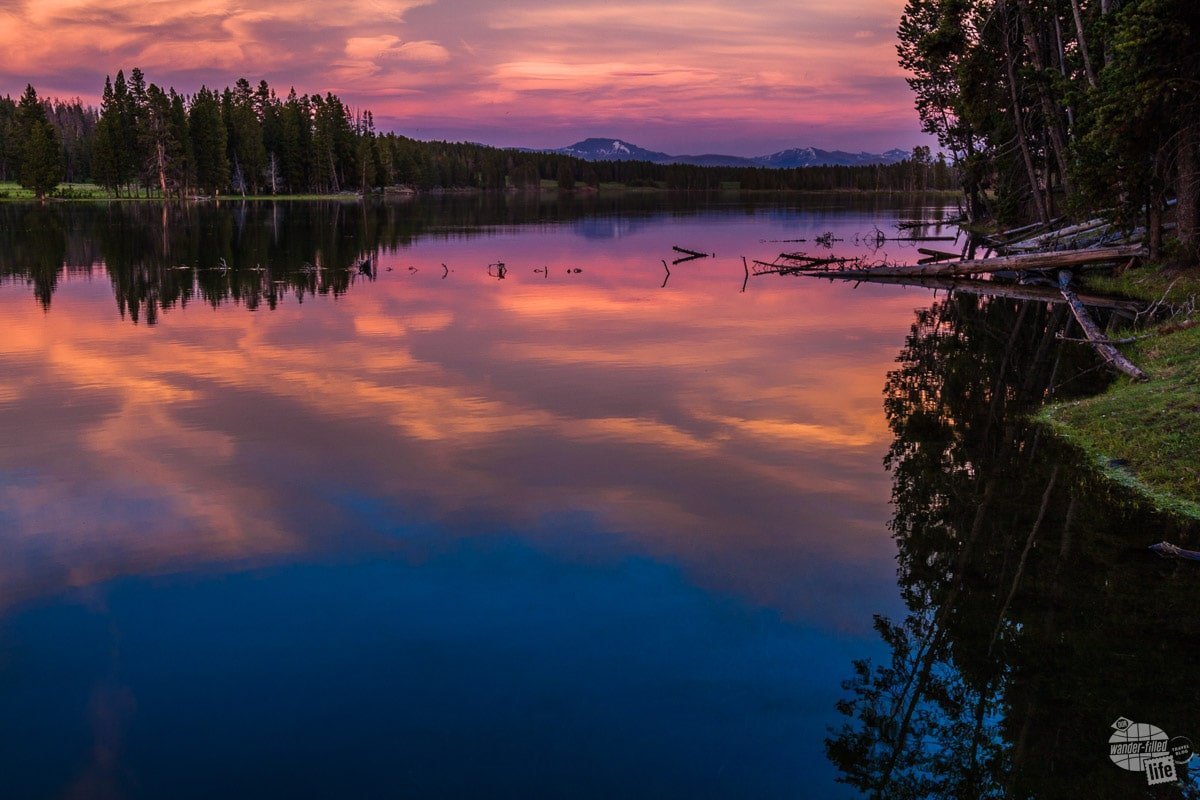
Staying inside the park can have its advantages but it, often, comes at a price. The biggest advantage to being inside the park is that you don’t have as far to drive. For parks like Yellowstone or Big Bend that can save you a ton of time! Other times, being just outside the park is not a big deal, such as at Bryce Canyon NP.
Lodging Inside the Park
Most National Parks offer camping inside the park. Only some will have a lodge inside the park. Other park units may have a campground but it is rare to find a lodge at anything other than a named National Park. Again, check the park website to see what is offered.
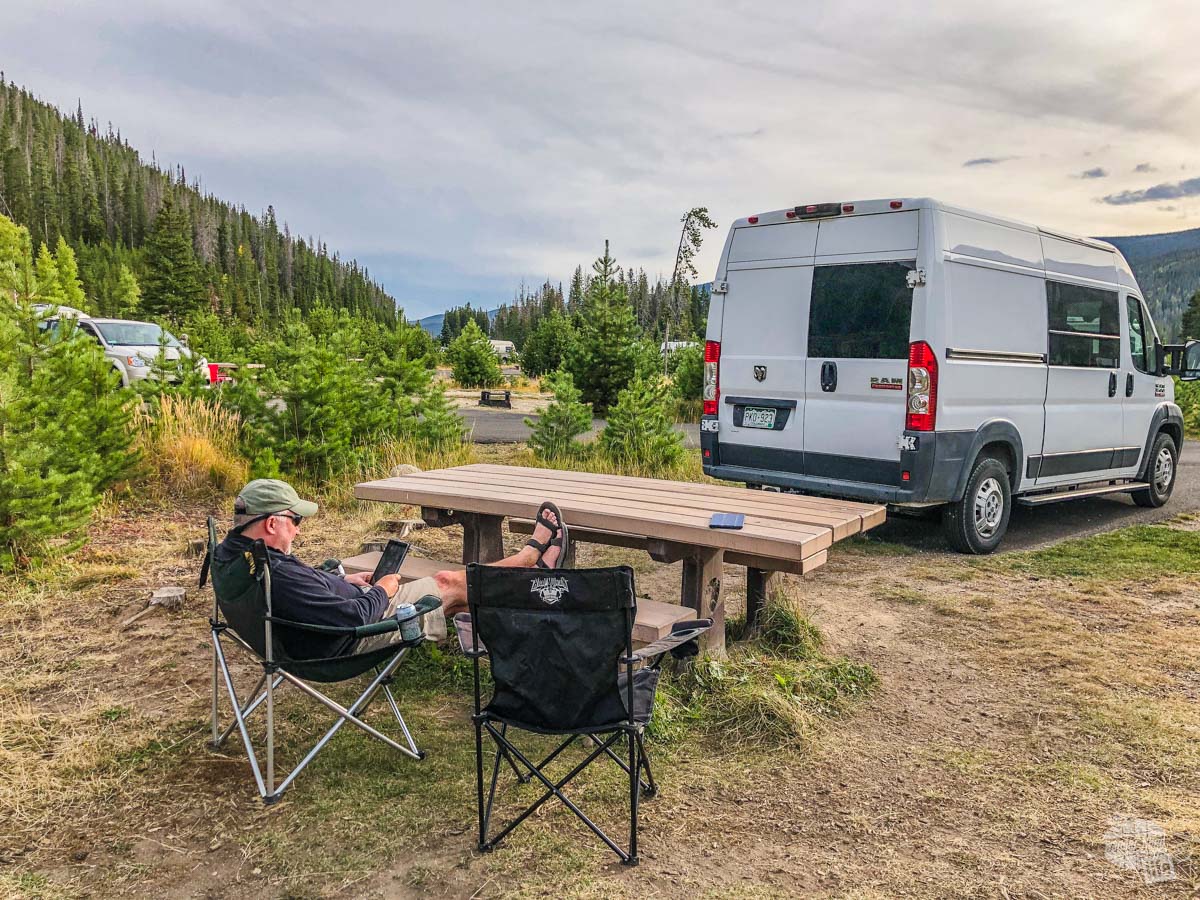
If you’re interested in camping, most park campgrounds offer only primitive campsites (no hookups). Additionally, campsites generally don’t cater to large RVs. Some campgrounds will take reservations (usually, through recreation.gov), but many are first-come, first-serve. The few campgrounds that do accept reservations, such as Fishing Bridge at Yellowstone, can fill up within days of the reservation window opening. Still, we have had success getting last-minute reservations so it never hurts to see what is available!
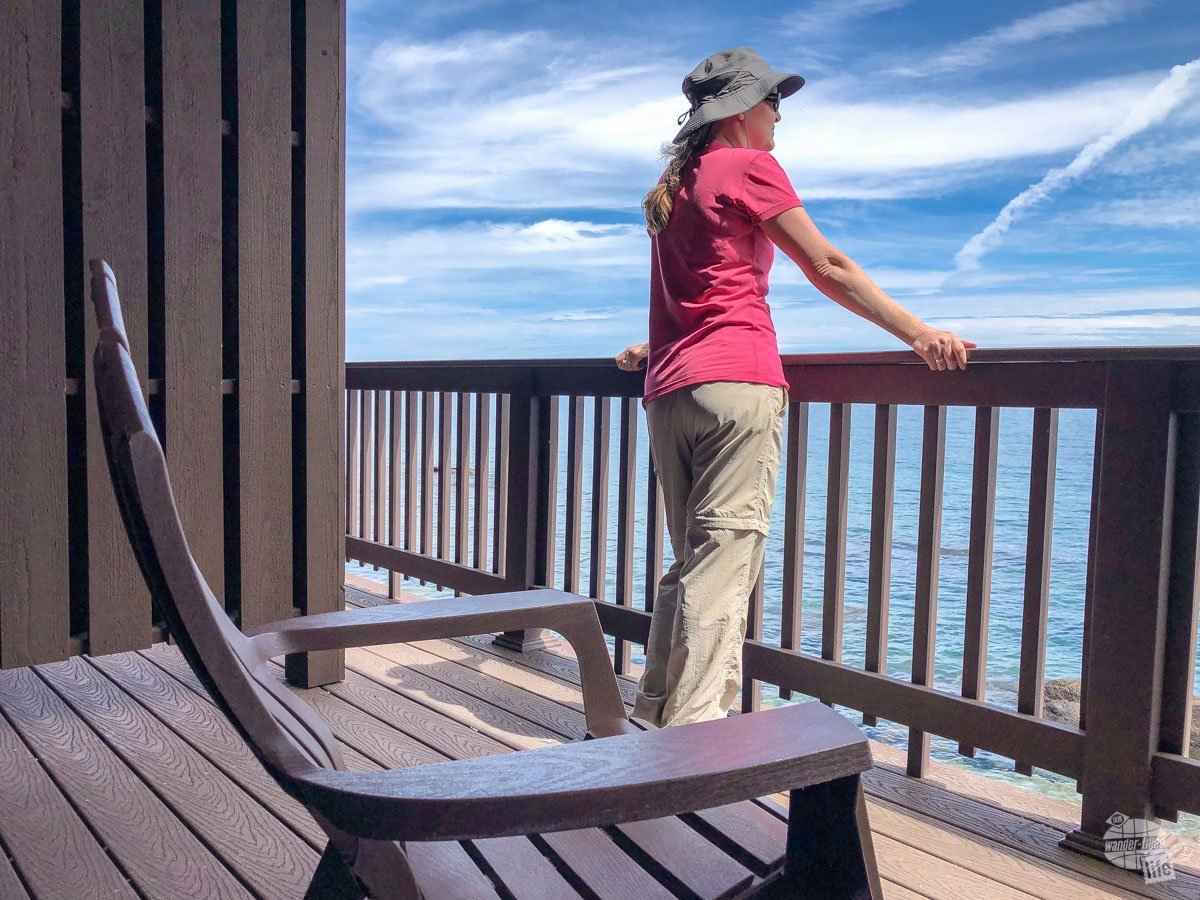
For those who prefer to stay in a hotel, understand that even the most basic rooms will, generally, not be cheap inside a national park. Additionally, while there are some very nice lodges, many are fairly basic and, sometimes, quite old. Indeed, our one night at the lodge in Isle Royale NP cost us nearly $250 for one night (in 2019). I’ll admit, it was absolutely worth it for the location, even if the room itself was nothing exciting. The balcony and view more than made up for that!
Note: Camping and lodging can fill quickly, sometimes a year or more in advance at the most popular parks. Be sure to check the park’s (or concessionaire’s) website as you begin to plan your trip to fully understand the reservation timeline.
Lodging Outside the Park
Some parks have great “gateway” towns that offer plenty of hotel and campground options. Others don’t.
Everglades NP and Biscayne NP are both within easy driving distance of Miami. Obviously, you’ll find tons of options for hotels and quite a few options for campgrounds in that area.
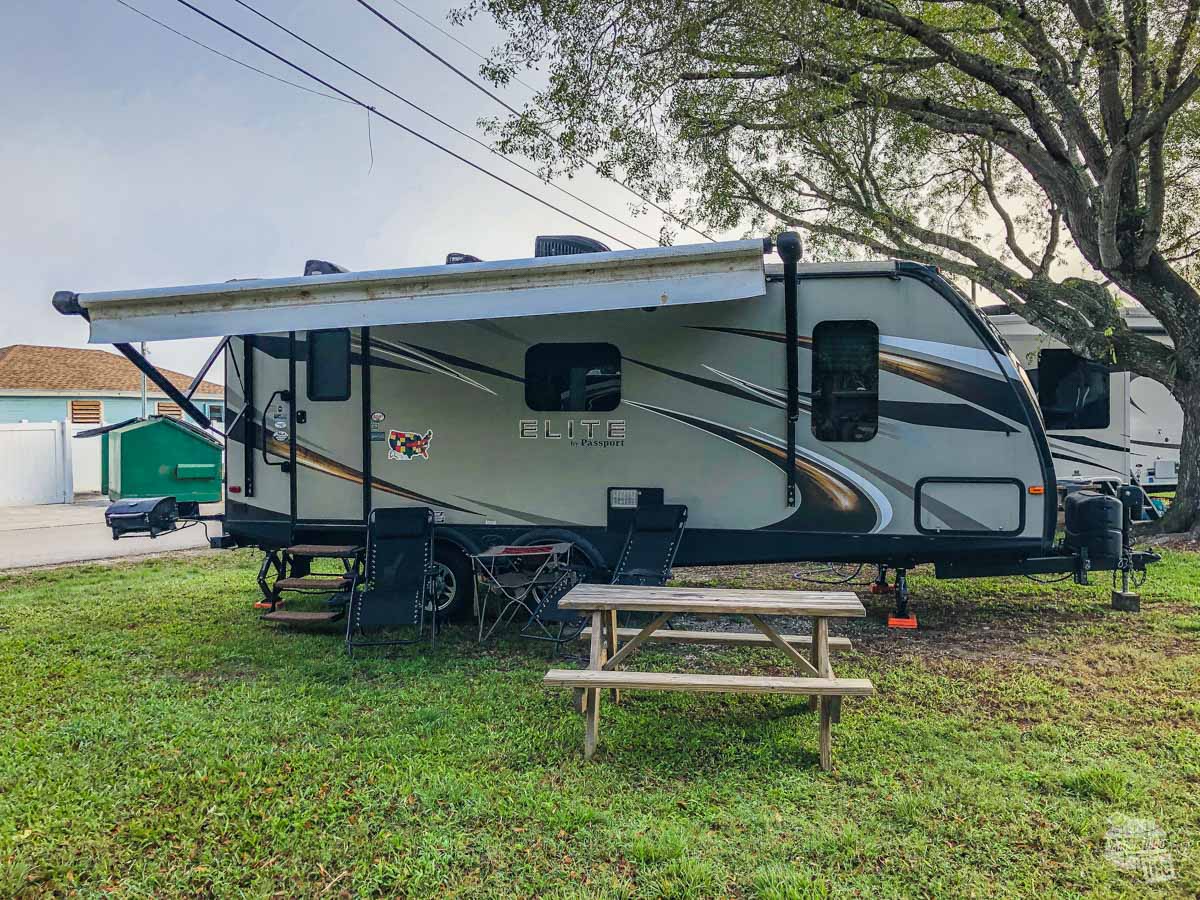
Other parks, such as Capitol Reef NP in Utah, are much more remote. The gateway town of Torrey had only a handful of hotels and restaurants. And many of those were closed during our winter visit.
A small gateway town is not always a bad thing, though! One of our favorite gateway towns is Medora, ND, home of the south unit of Theodore Roosevelt NP. This tiny little town with only a couple of hotels is full of charm and has one of the most unique outdoor musicals you can imagine.
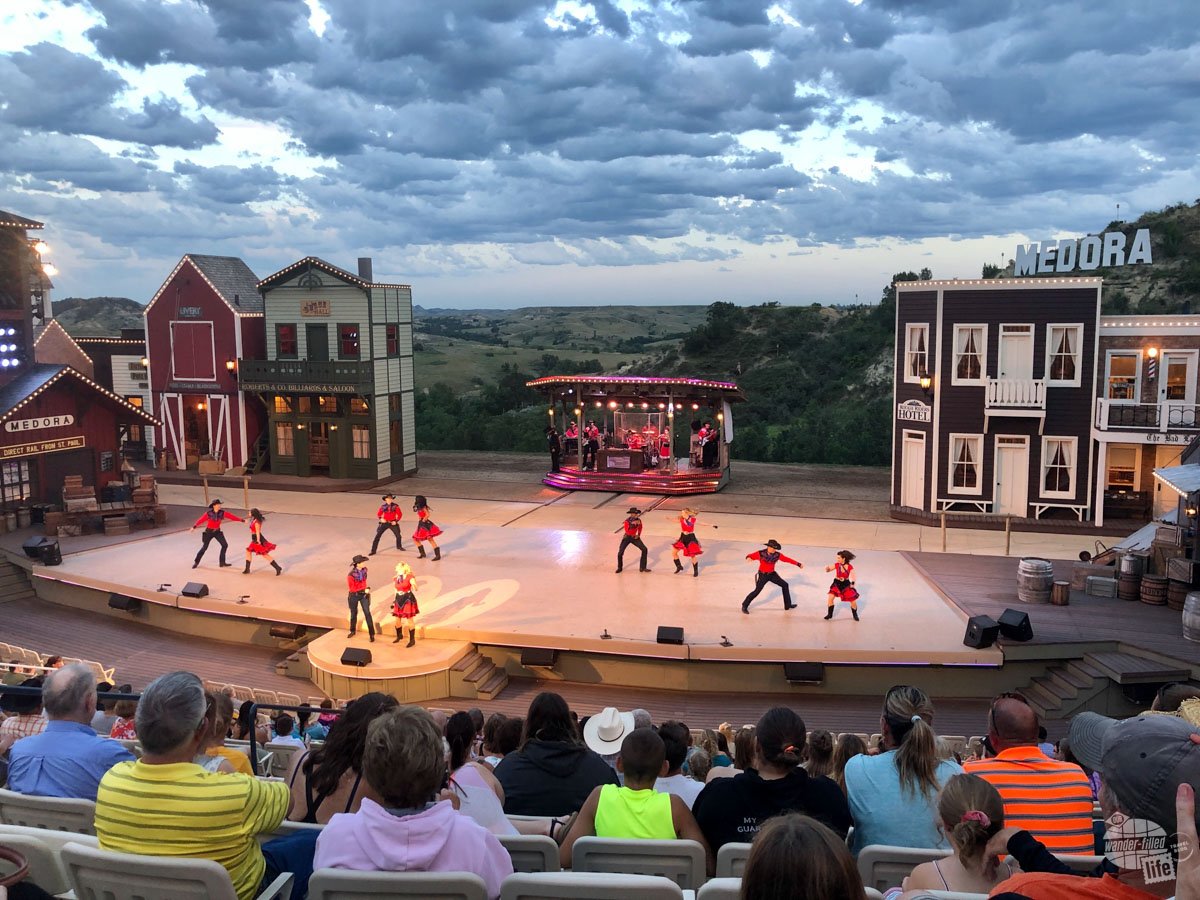
Where to Eat
Some national parks have a wide variety of food options, like Yellowstone NP. At Big Bend NP, you’ll find a dining room at the lodge but it’s a huge park so that isn’t always convenient. Wind Cave National Park does not sell food inside the park at all.
Check out our review of the Old West Cookout at Yellowstone NP.
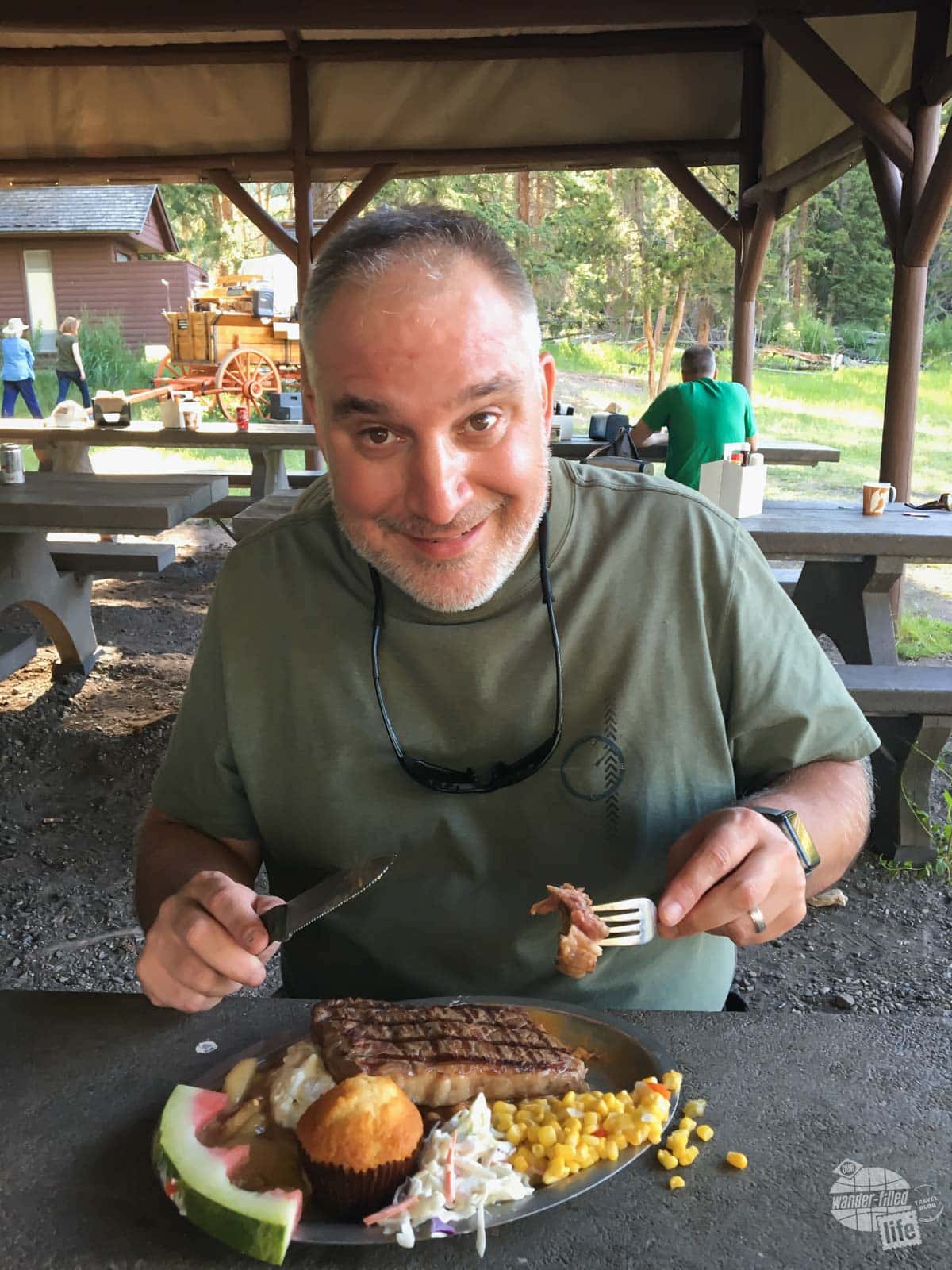
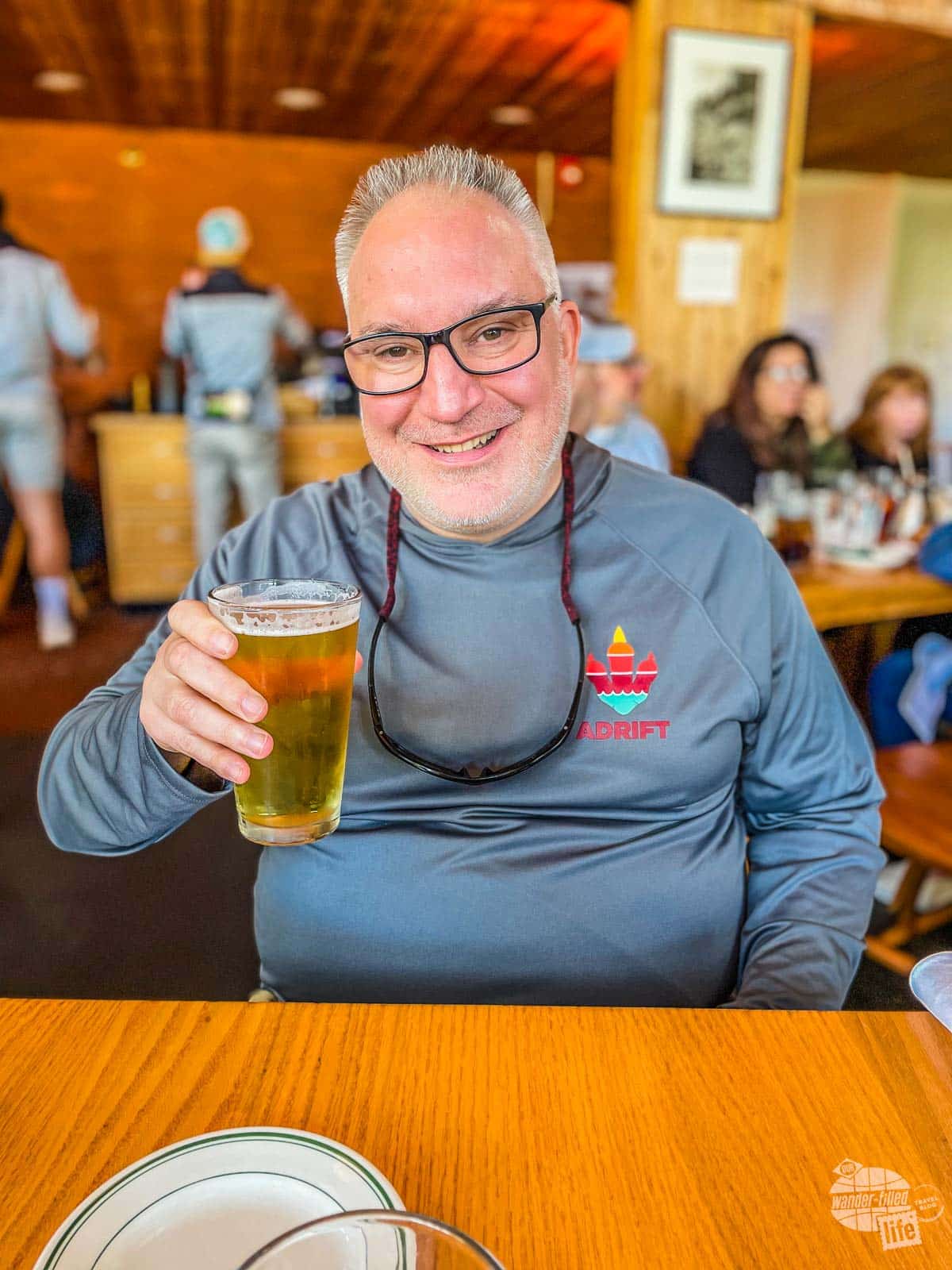
Of course, if you’re visiting a small park that will only take you a couple of hours to explore, where you will eat may not be a big concern. Still, some parks are so remote that there may not even be food within a short drive. Indeed, you only need an hour or two to visit Gila Cliff Dwellings National Monument. That said, add another hour or two just for the drive there from the nearest town.
Again, check the park website and know what to expect before you arrive!
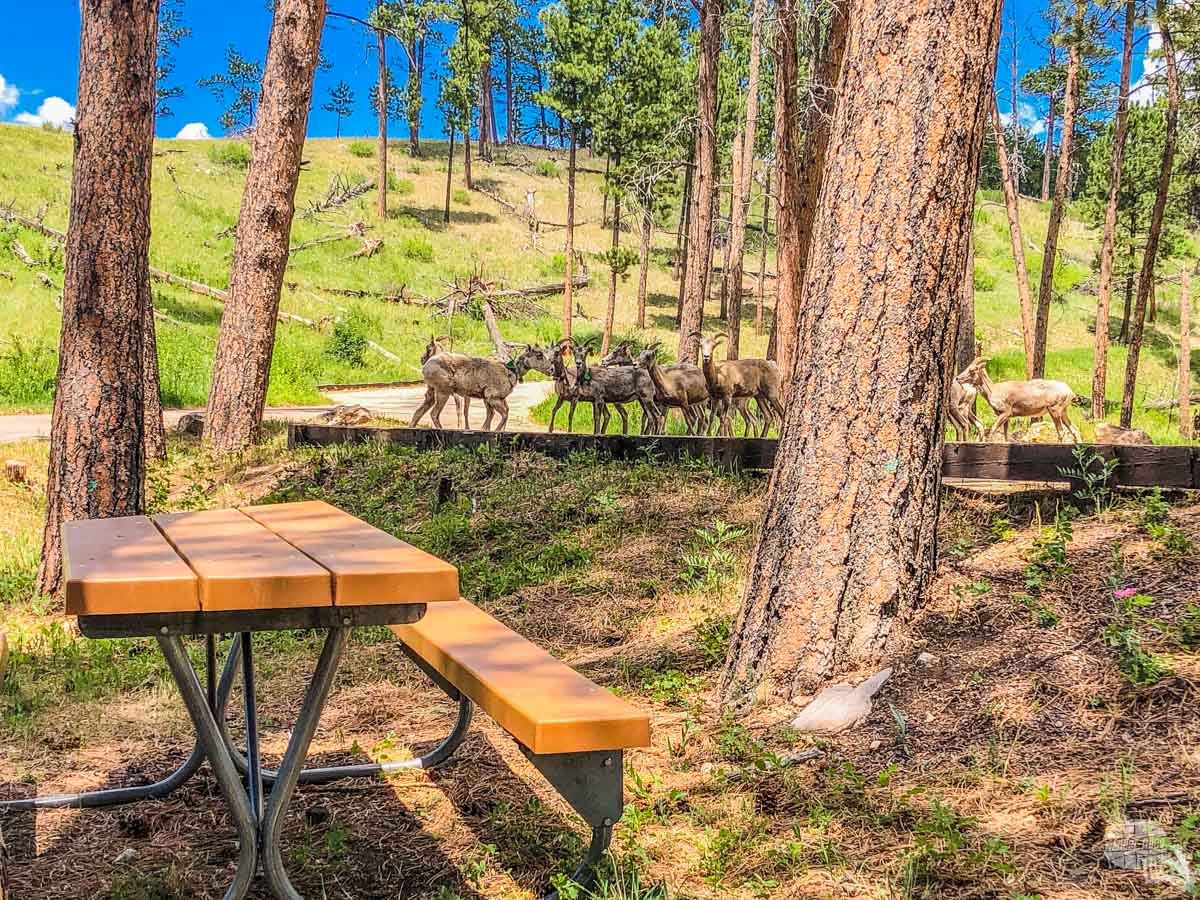
And, if you plan on doing any hiking or driving primitive roads, you will likely want to just bring food with you. We almost always carry supplies to make peanut butter and jelly sandwiches, along with a few hearty snacks.
We learned our lesson a long time ago that not having snacks is a bad idea. When we get hungry, we tend to get angry. Having a hearty snack can make all the difference in having a good visit or getting hangry!
Check out our favorite road trip snacks here.
Final Thoughts on National Parks Trip Planning
As with any vacation, a little bit of prior research will help you to get the most out of your national park visit. While the outdoors is always open, you may find trails are closed due to rockslides, downed trees or flooding. Additionally, some parks have limited accessibility in the winter, such as Yellowstone NP and Glacier NP.
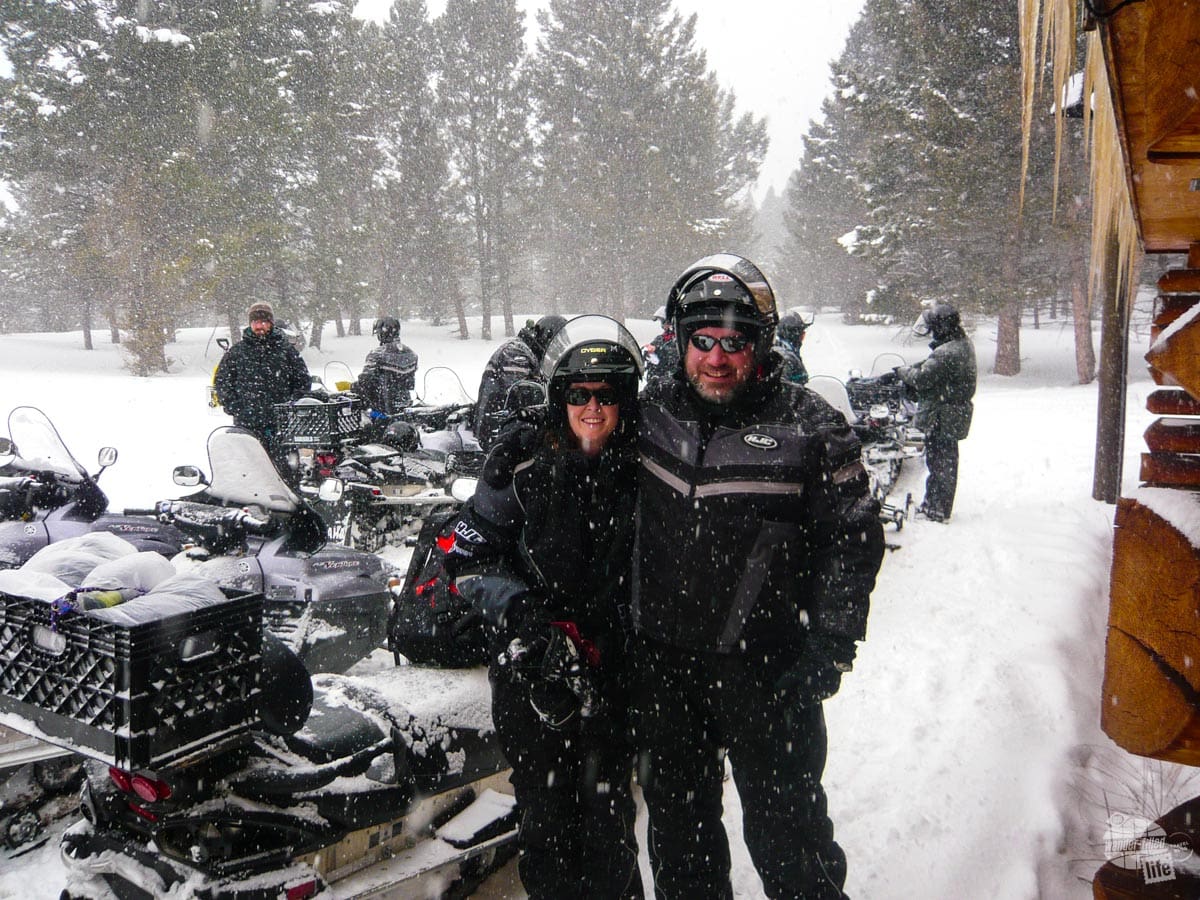
Putting together an itinerary can be overwhelming. But, it’s better than getting to a park and realizing that you don’t know where you’re going to eat or that you can’t get a ticket for a tour. Thankfully, there are tons of national park trip-planning resources out there – you just have to look for them!
Whether you are on a quest to visit the 63 National Parks, all 424 units of the National Park Service or are just casually visiting the parks, we hope that you will enjoy them as much as we do!
Travel Resources
What do you use to find a flight?
We use Skyscanner to find deals on flights. Skyscanner has a great interface and compares tons of airlines for the best pricing and routing. That said, it does not always have every airline and some airlines will have better deals on their website. Still, Skyscanner is a great place to start.
Click here to search for a flight.
What do you use to find a hotel?
We typically stay at Hilton properties, so we use the Hilton website. You can find good Hilton Honors discounts or AAA discounts for a hotel there. We make great use of our free night certificates from our Hilton Honors American Express.
Click here to book a Hilton property.
If there are no Hilton properties available, we use TripAdvisor to read reviews and book the hotel. We find we can get the best price that way.
Click here to search for a hotel.
We recently partnered with Stay22 to add interactive maps to each of our destination posts. This will allow you to see a plethora of hotels and vacation rentals all in one responsive map of the area.
What if I need more space than I can get at a hotel?
We use Vrbo for the times when we have rented a cabin for a weekend getaway, like this cabin in Townsend, TN, or needed to rent a house for a large family vacation. We had a great experience with them in terms of refunding deposits when COVID hit and will continue to use them.
Click here to search for a vacation rental.
Who do you use for rental cars?
As a general rule, we book with Hertz for rental cars. We have had nothing but good experiences with them. Plus, we really like unlimited mileage and not worrying about crossing state lines. We have even rented from Hertz overseas in both Slovenia and Croatia.
Click here to book a rental car.
How about booking a cruise?
We have found some amazing prices for booking a cruise through Cruise Direct. We have saved a lot of money on our cruises compared to what we found elsewhere, making a last-minute Bahamas cruise even cheaper.
Click here to book a cruise.
What if I want to rent an RV?
We highly recommend Outdoorsy for RV rentals. We rented a camper van for a week to visit Rocky Mountain National Park for the elk rut and Custer State Park for the Buffalo Round-Up and had a blast. The program was easy to use and we really enjoyed the freedom of having a camper van for that trip.
Click here to rent an RV.
What do you use for booking tours?
We don’t often book tours. Typically, we like to do stuff on our own. That said, there are some experiences you can’t have any other way. So, when we do want to book a tour, we always check Viator first.
Click here to book a tour.
Do you use anything to get discounts on the road?
We make extensive use of both Good Sam and AAA on the road. Good Sam is normally regarded as a discount card for RVers at campgrounds and Camping World but anyone can use the 5 cents off a gallon at the pump at both Pilot and Flying J.
Click here to get a Good Sam membership.
We have had AAA as long as we have been married and it has more than paid for itself in discounts at hotels, aside from the peace of mind of having roadside assistance. Add in paper maps and the ability to get an international driver’s license and it is more than worth it for any traveler out there.
Click here to get a AAA membership.
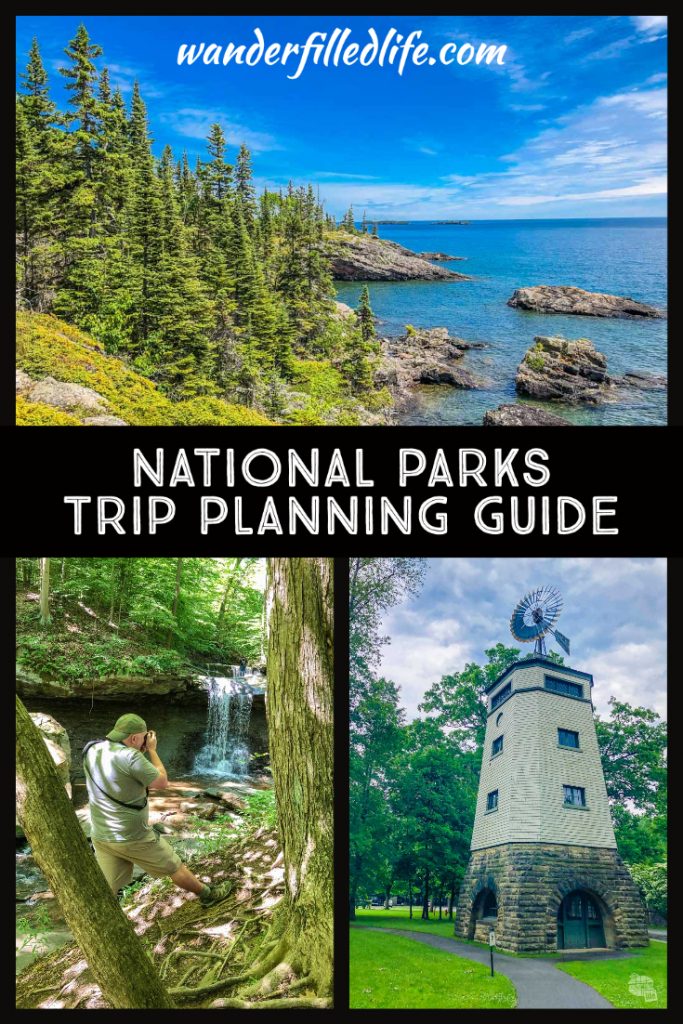
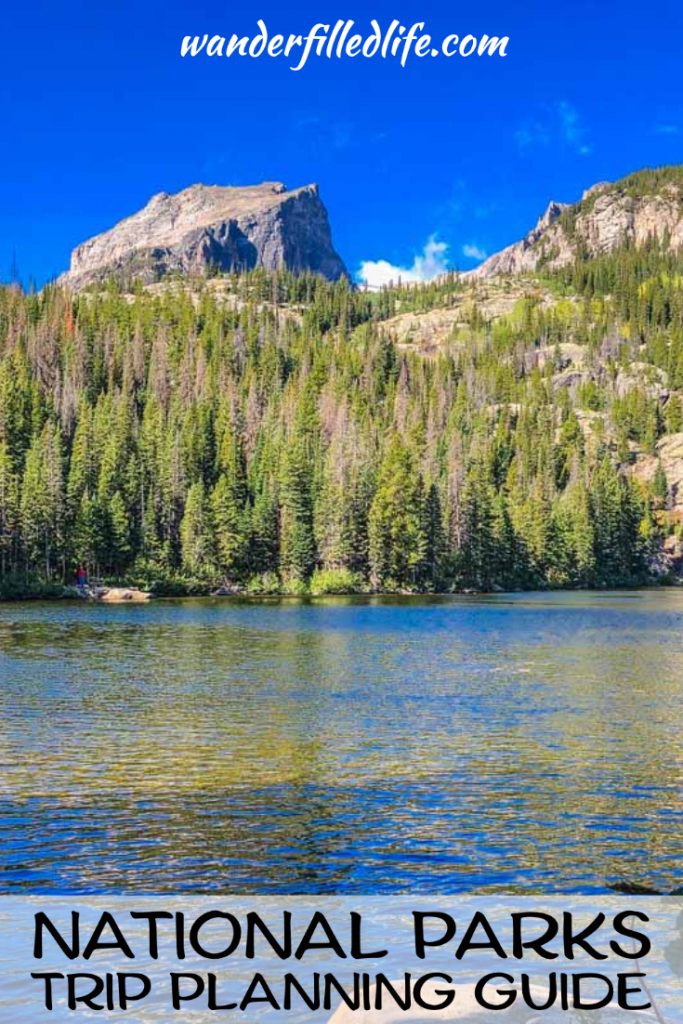
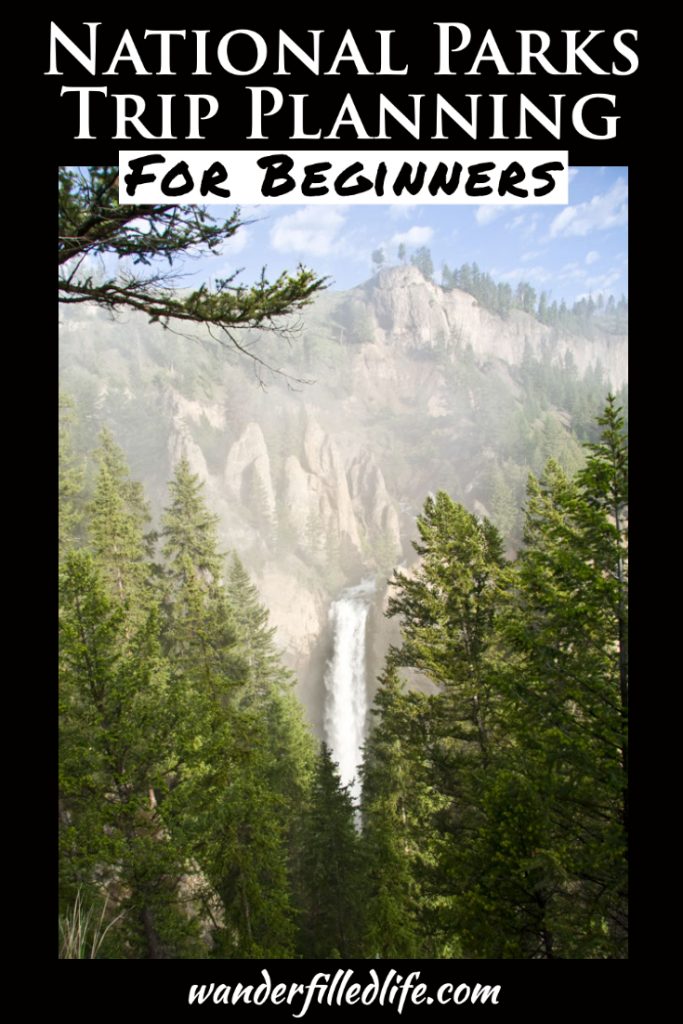


Hi there, I want to subscribe for this webpage to get hottest updates, so where can i do
it please help.
Hi Brooks,
So, we used to offer RSS feed and Push Notifications… As much as we loved them, they slowed down our web site. So, the best way to get updates is to subscribe to our newsletter, which typically goes out around the first of the month. In the newsletter, you will find all of our updates. Alternately, follow us on Facebook or X. We typically publish our latest articles on Thursdays!